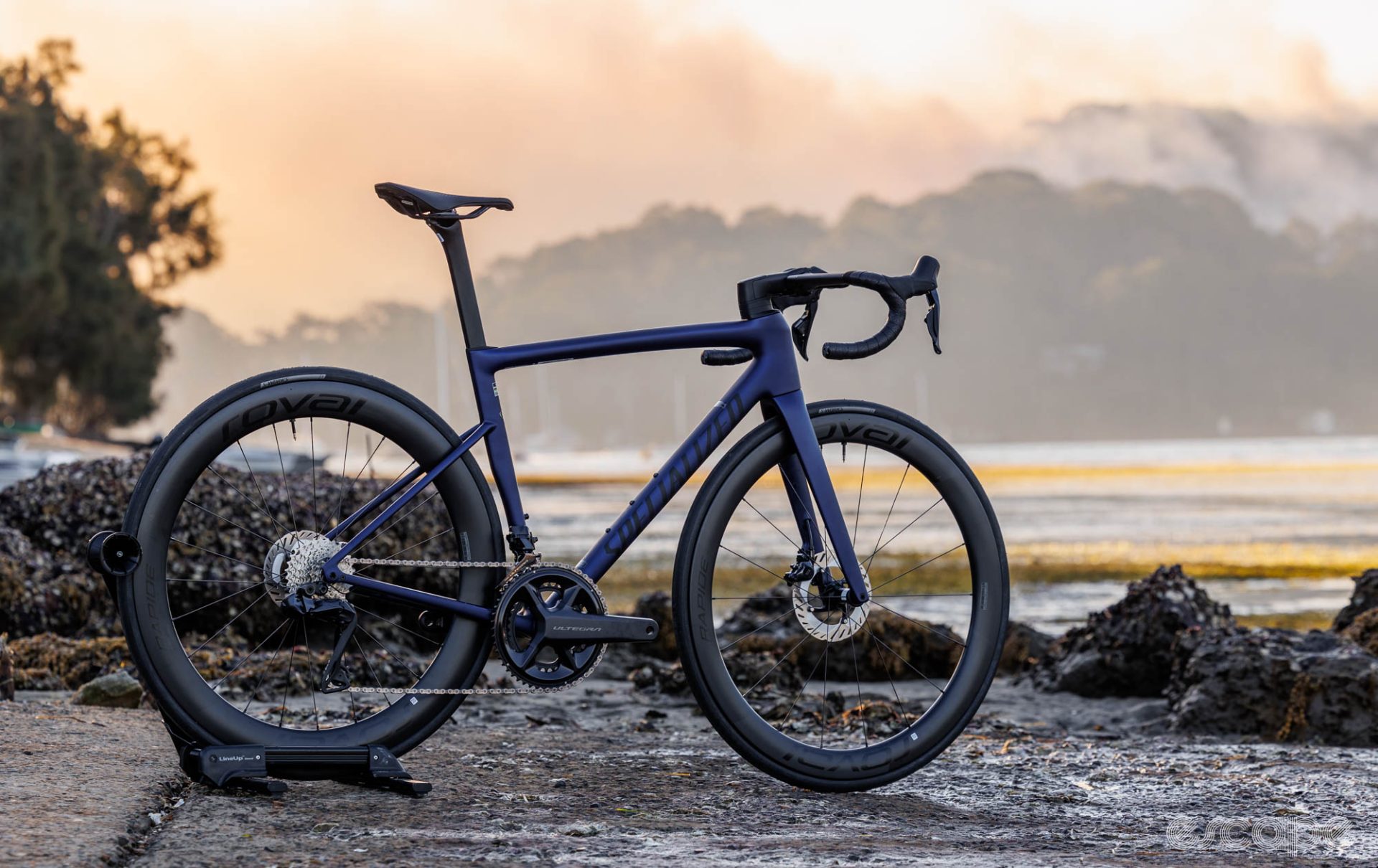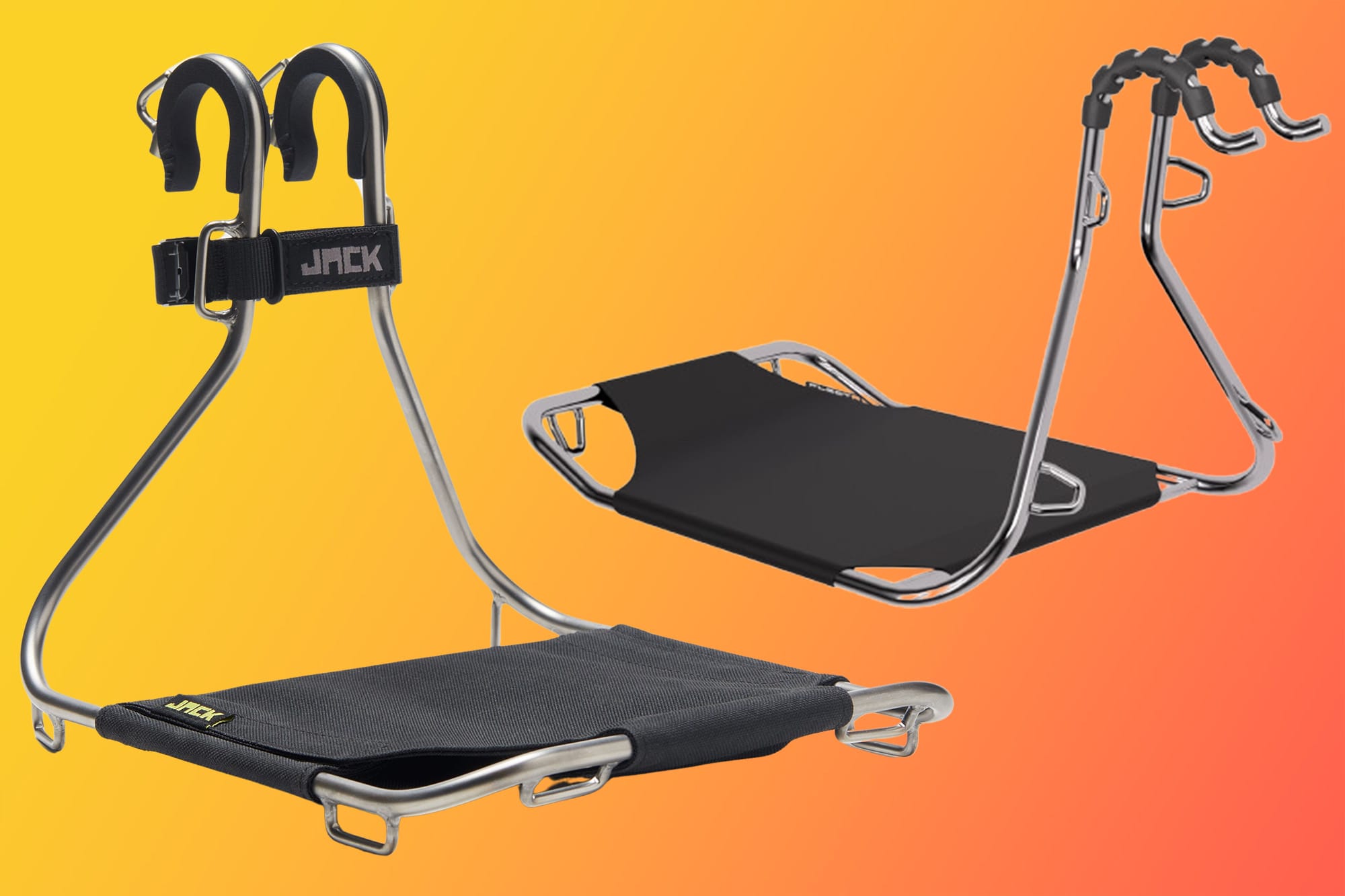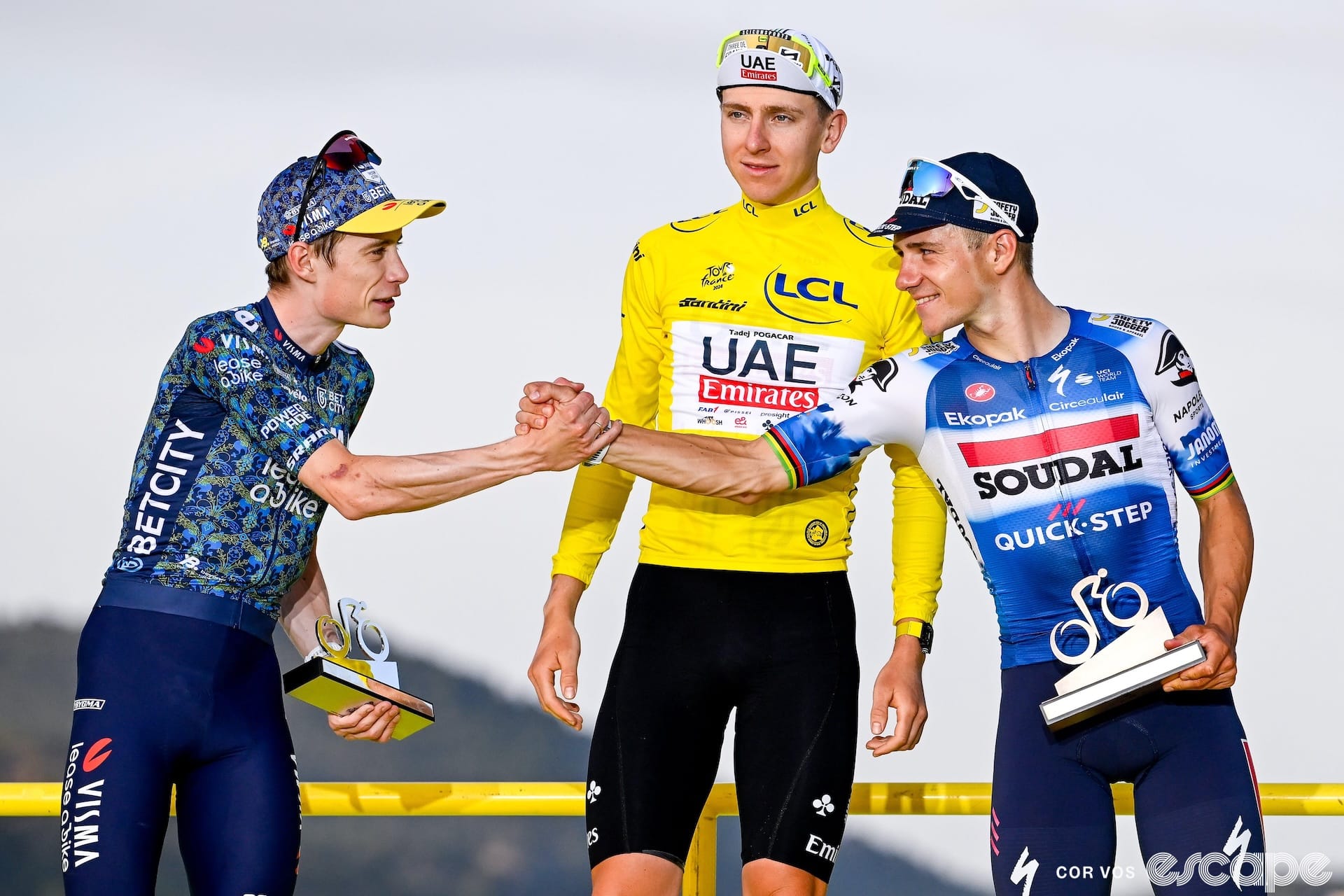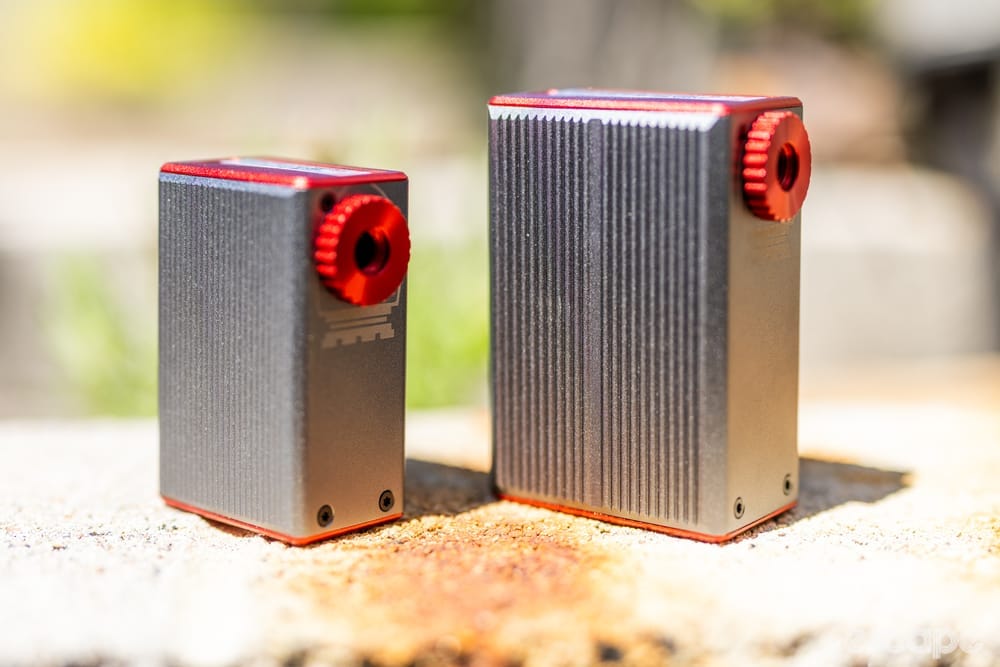The Specialized Tarmac has long been an immensely popular road bike platform. Of course, the highest number of professional wins in recent years plus the most persistent of marketing only helps. However, the Tarmac has also proven to be a damn agreeable bike and has long been considered one of the benchmark road bikes in balancing handling, aerodynamics, weight, and general ownership.
While barely a secret, the much anticipated Tarmac SL8 has now been revealed. Its predecessor, the Tarmac SL7, was pitched as the do-it-all race bike and Venge aero bike killer. Building on that, the new SL8 claims to further the aerodynamic gains, increase stiffness, improve ride comfort, and do so while borrowing weight-saving tricks from the company’s gram-focussed Aethos.
Shocking, I know, but Specialized claims to have created the world’s fastest road bike in the SL8. Like you, I worry the world would collapse into ruin if such a claim weren’t made. This article is a hands-on look at what’s new, what isn’t, and a little peak beneath the hood.
Aerodynamic improvements
Specialized claims the SL8 is now its most aerodynamic road bike to date and surpasses the now-discontinued Venge. If that claim sounds familiar, it’s because the Californian company said the same thing about the SL7, with the caveat being that the then-fresh Roval Rapide CLX wheels were a part of the speed equation. Now, all wheels being equal, the SL8 is said to have the least drag, and there’s a fancy white paper to go with it.
Released before the SL8, the S-Works’ Roval Rapide one-piece cockpit is responsible for the lion’s share of the drag reduction. Specialized claims the one-piece bar saves 4W (at 45km/ph) over its SL7 cockpit. Specialized’s Road Product Manager, Miles Hubbard, confirmed to Escape Collective that this accounts for as much as 80% of the claimed aerodynamic gains seen in the SL8 when compared to the SL7, with the remaining savings coming from the “nose cone, fork legs, and seatpost/seat tube.”
That nose cone, or the Speed Sniffer as Specialized so humorously named it, is sure to be the most polarising visual element of the SL8. Almost opposite to how many other brands have elongated their headtubes, Specialized’s approach serves to create a narrower face for airflow to attach on its way to the headtube that still houses the same 49.5 mm (outside diameter) oversized headset bearings top and bottom. Beneath it sits a new fork with a crown to match the Sniffer, while the deeper fork legs are closer to what the Venge had.
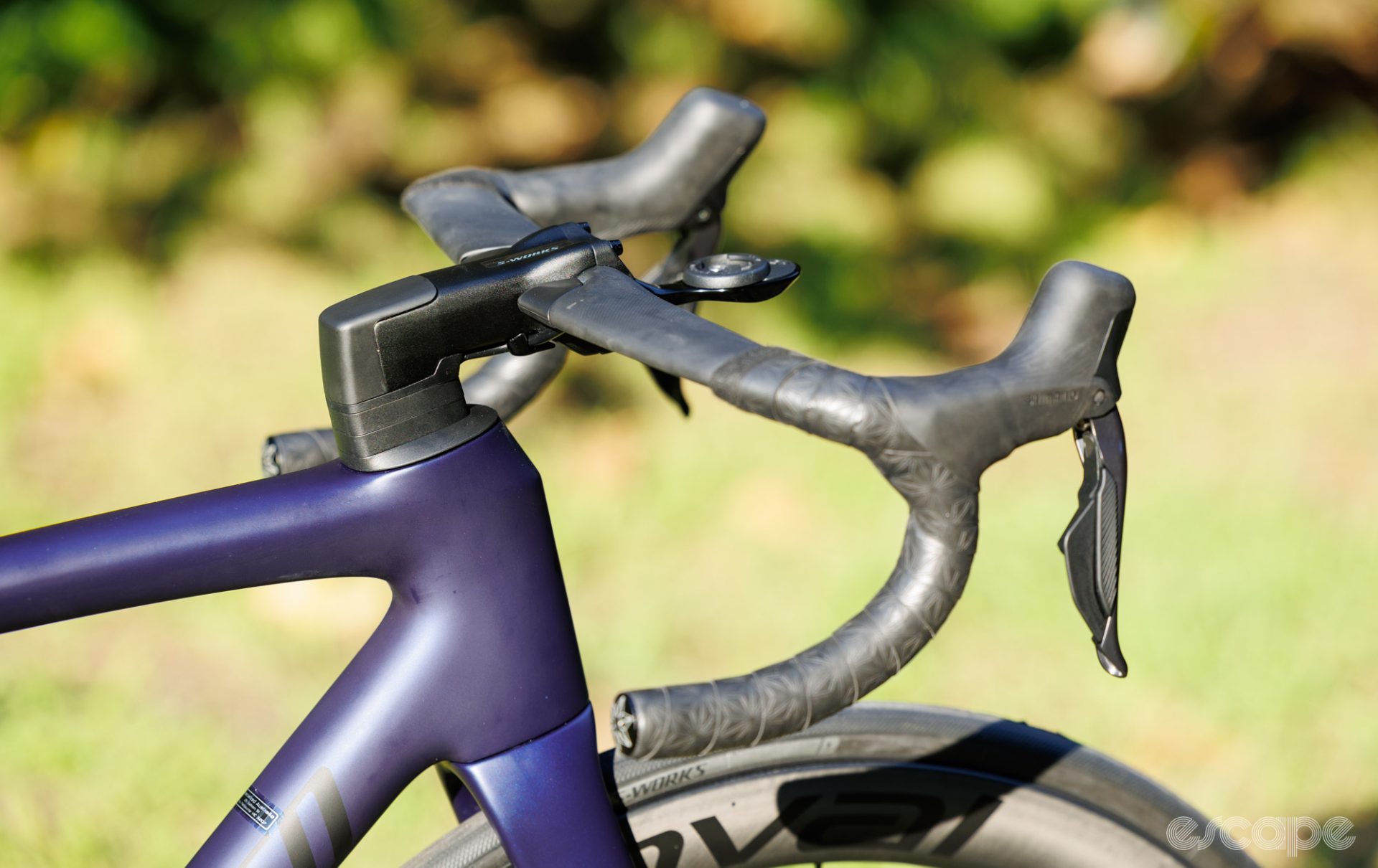
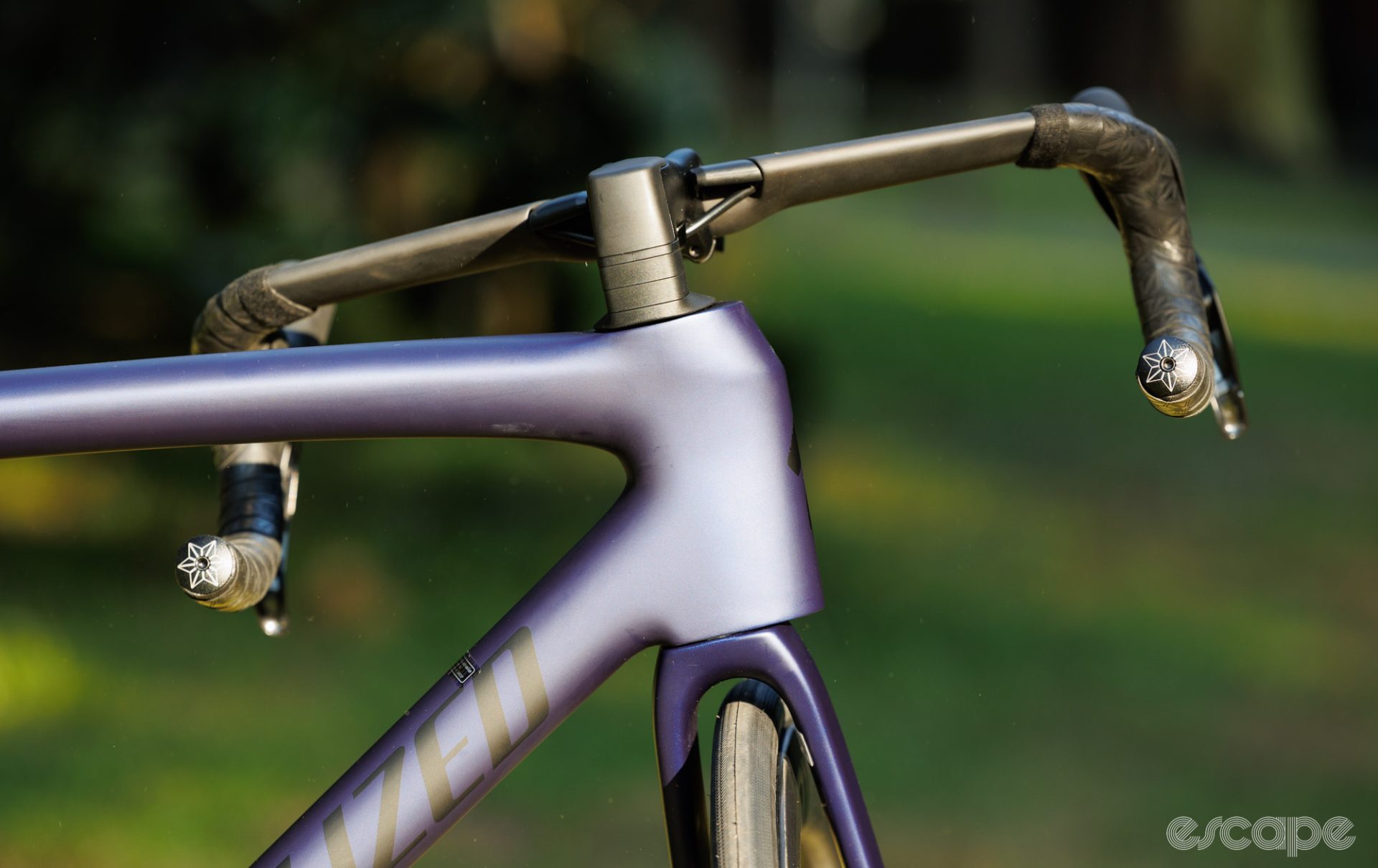
The UCI’s relaxed rules on tubing dimensions and proportions also allowed for a greatly narrowed seat tube and seatpost that claims not to stall the already turbulent air. The new seat tube is approximately the same width as the Venge’s seatpost, while the new SL8 seatpost measures just 18.5 mm at its widest, according to my calipers.
With four watts saved with the new handlebar/stem, the remaining single watt earned from the frame tweaks seems somewhat marginal. This is because Specialized sought to optimise for weight and stiffness, and in turn, pulled back “where aerodynamics matters less or not at all.” This is most obviously seen with the downtube that’s now almost as narrow and round as the Aethos’, the slimmed top tube, and the dropped seatstays that are now simpler and rounder. It’s an unexpected move from the company that once claimed aero was everything and I suspect is something that a few aerodynamicists will take issue with.
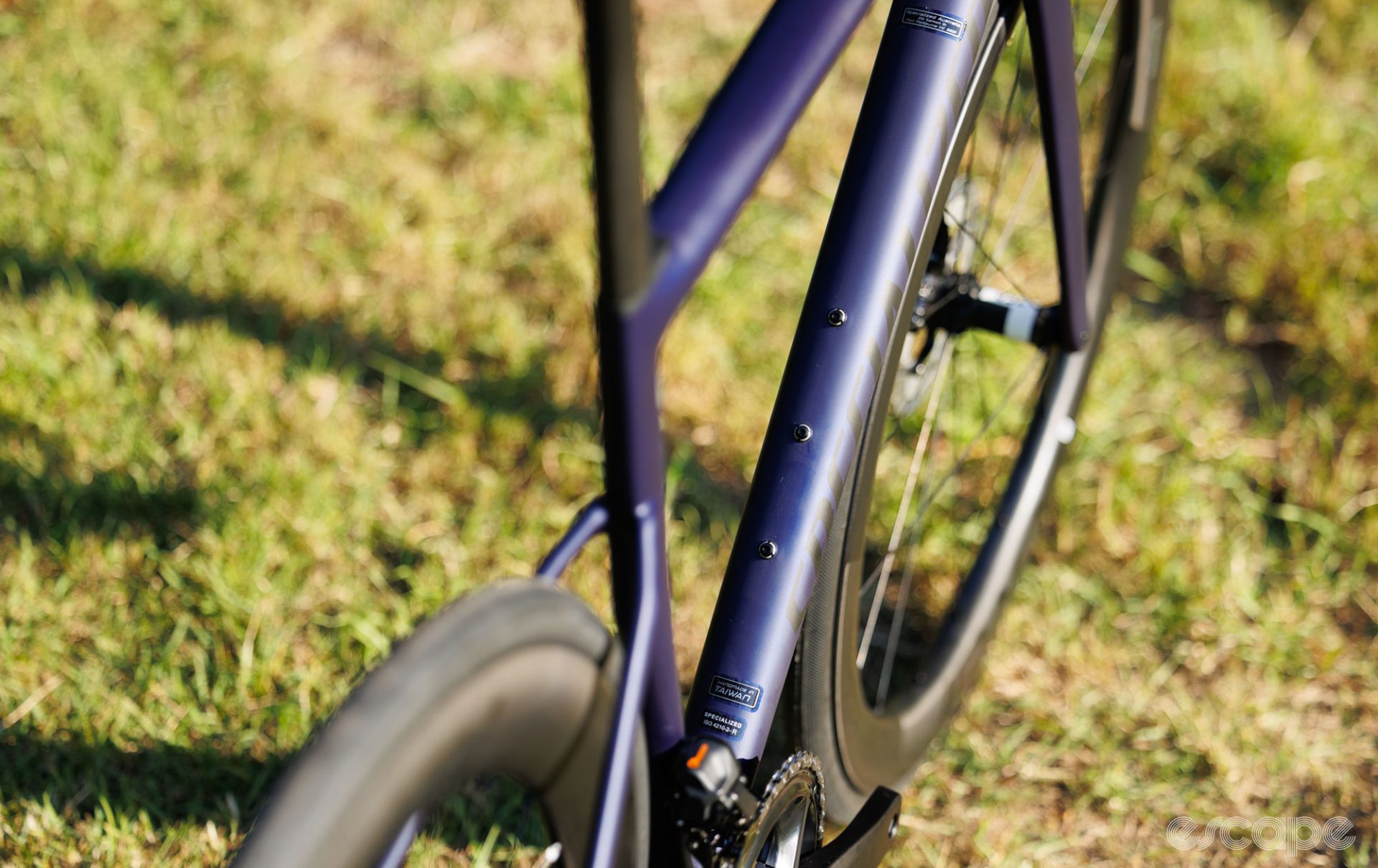
As outlined in Specialized’s white paper, the company makes a big deal about optimising the SL8 for real-world conditions. This isn’t the first time we’ve heard such claims, with the release of the continuing shape Roval Rapide CLX wheels largely focussed around the impact wind speed and yaw can have on handling and drag. The white paper mumbles through the trigonometry of Specialized’s data, simulations and yaw angle weightings, but it remains a little opaque on where exactly this data comes from and whether it offers any advantage over doing live aero sensor testing, as we’ve seen from Cervelo/Reserve. The timing was tight with the launch of this bike, but it’s a topic we hope to talk to Specialized about in future.
Specialized has stuck with traditional handlebar widths across its size range as a side note on the aerodynamics. With many pros now trending toward narrower bars to reduce their frontal profile, this does feel like an easy win that was left on the table. Thankfully there are 15 different sizes of that Rapide cockpit available, so unlocking this gain is possible at an additional cost.

In many ways, the changes made to the new Tarmac make sense for most bike racing situations, but they also further open the door to the return of the Venge as a deep-tubed and full-aero bike aimed at sprinters and break-away specialists. Time will tell if this smaller market proves to be of interest to Specialized.
Weight saved
The predecessor SL7 may not have been the lightest bike on the circuit, but it sure wasn’t heavy, either. With “lessons” from the Aethos, it’s now on the scales where the SL8 is likely to impress most, and that’s after 25 grams were added for the Speed Sniffer schnozz.
A painted 56cm S-Works SL8 frame is quoted to weigh just 685 grams (without hardware), with the matching fork at 358 g. That still leaves room for weight weenies to salivate over the claimed 585 g of the lightest Aethos, but from a percentage point of view, it’s a big saving over the 800 g weight of the SL7. To put this into perspective, one of the most comparable competitors to the S-Works SL8 is the new Cannondale SuperSix Evo Lab 71, which is claimed to weigh 770 g (albeit with hardware).
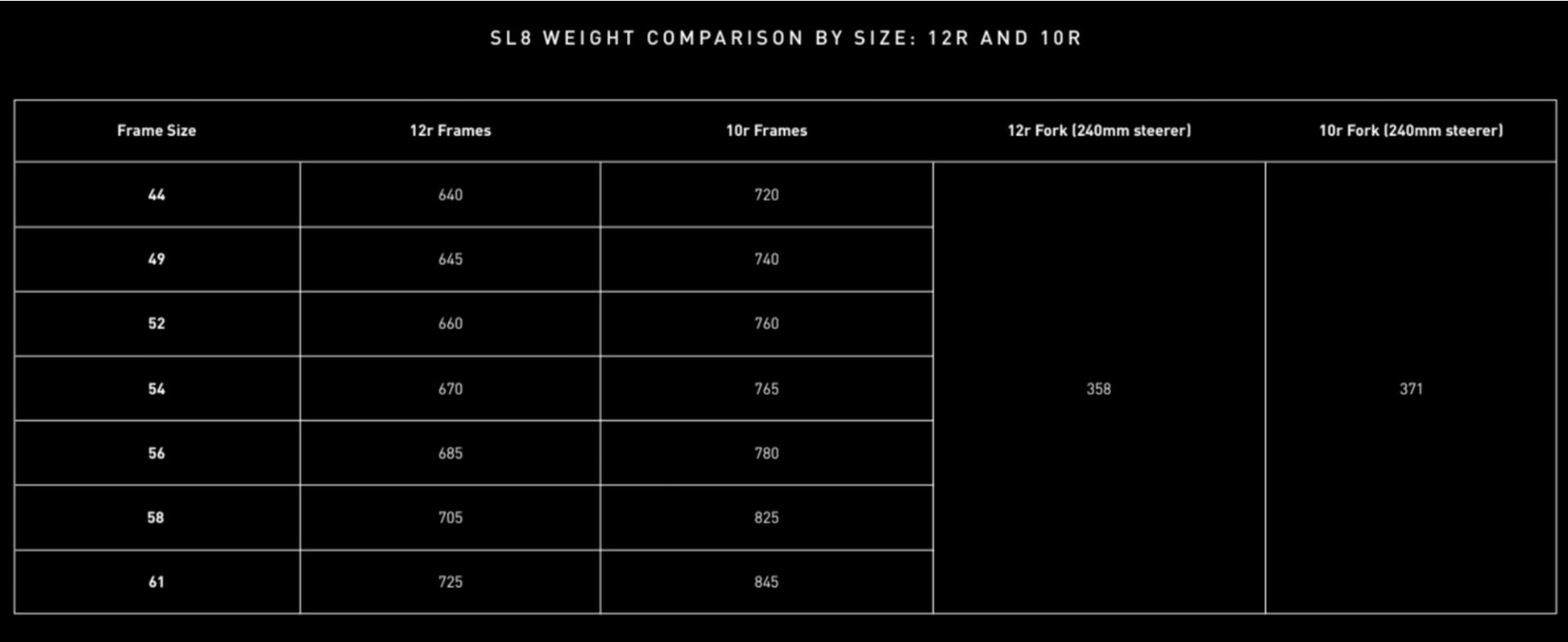
Looking at chassis weights with a fork, seat post, headset, cockpit, hardware, and even computer mount, Specialized claims its S-Works SL8 (56 cm) tips the scales at 1,786 g. That’s a 249 g saving over the SL7, and 494 g from the discontinued Venge. While the frame accounts for much of the weight saved, 50 g is from the Rapide one-piece cockpit. Either way, the result is a complete bike that claims to land on the UCI’s 6.8 kg limit when built in its typical professional spec with Shimano Dura-Ace Di2, Roval Rapide CLX TL wheels, Dura-Ace pedals, and Specialized cages.
The more attainable Pro/Expert 10r version of the frame has all the same features, an identical exterior shape, and claims to hit all the same stiffness figures as the S-Works – it’s just heavier due to the carbon fibre materials and layup used. Specialized claims the 56 cm 10r frame is 780 grams, while the fork is 371 grams. This is highly respectable when you consider the number of brands still pushing over the 1,000 g mark for their second-tier frames.
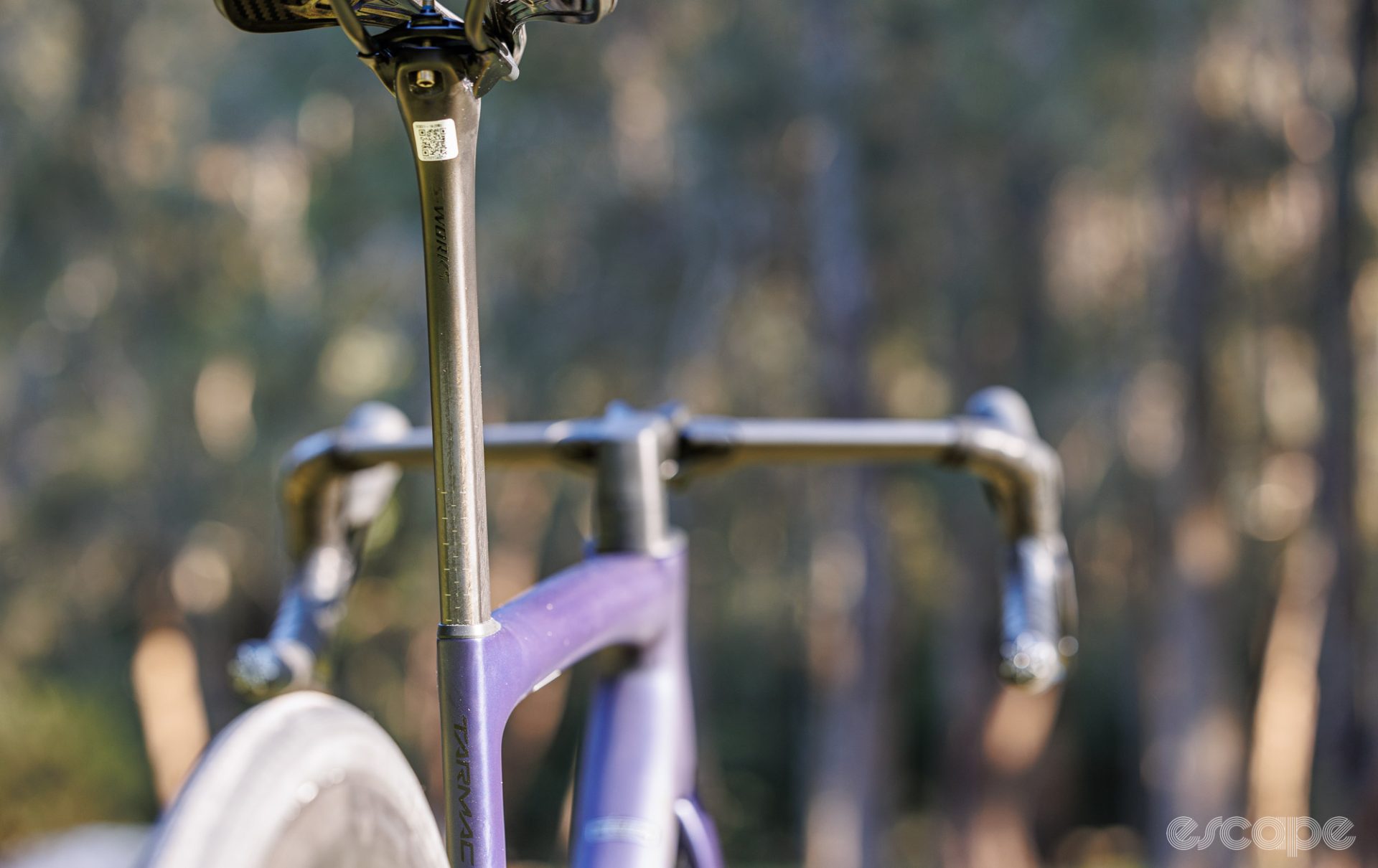
In for test, my 54 cm Pro Di2 bike weighs an actual 7.11 kg (without pedals or cages, but with a computer mount and 60 ml tubeless sealant in each tyre). That figure isn’t likely to impress those still comparing rim brake bike weights, but by current standards, it's a light figure for a bike covered in modern aero components and an Ultegra groupset.
Stiffer, mostly
Employing a more traditionally shaped downtube, top tube, and seat stays certainly helped the weight reduction, but somewhat surprisingly, Specialized has also upped its stiffness values all while claiming to have improved seated comfort (aka, vertical compliance) by 6%.
Claimed stiffness at the head tube, bottom bracket, and front end surpasses the Venge, SL7 and Aethos. While no specific figures were provided, with the weight saved, Specialized claims to have boosted the stiffness-to-weight ratio by a whopping 33%. That seems like a whole lot given the SL7 was hardly a soggy noodle.
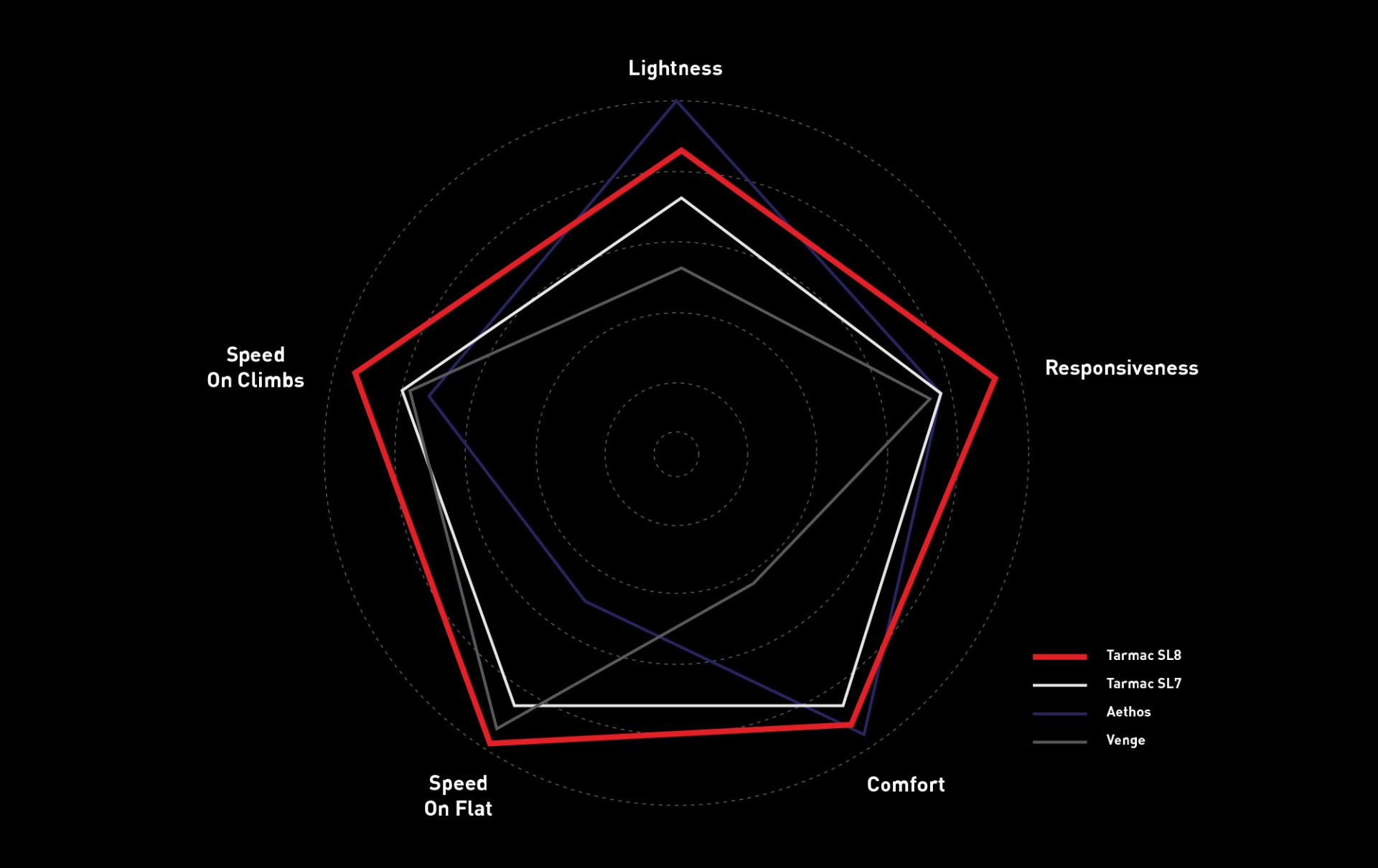
Claims of improved ride quality result from those new-old round main tubes and the new slender seatpost. The torsional stiffness (resistance to twist) of the seatpost is said to be unchanged from the SL7.
Same-same
There’s lots new here, but it’s still very clearly a Tarmac.
The quick handling and relatively aggressive fit geometry remain unchanged from the SL7. A close look at the stack and reach figures will reveal some differences, but these are merely a quirk related to the SL7 having a dropped head tube where it meets the toptube, while the SL8 has a more standard and inline headtube. When accounting for the lowest possible headset cover heights, the stack and reach figures to the stem are identical to the SL7.
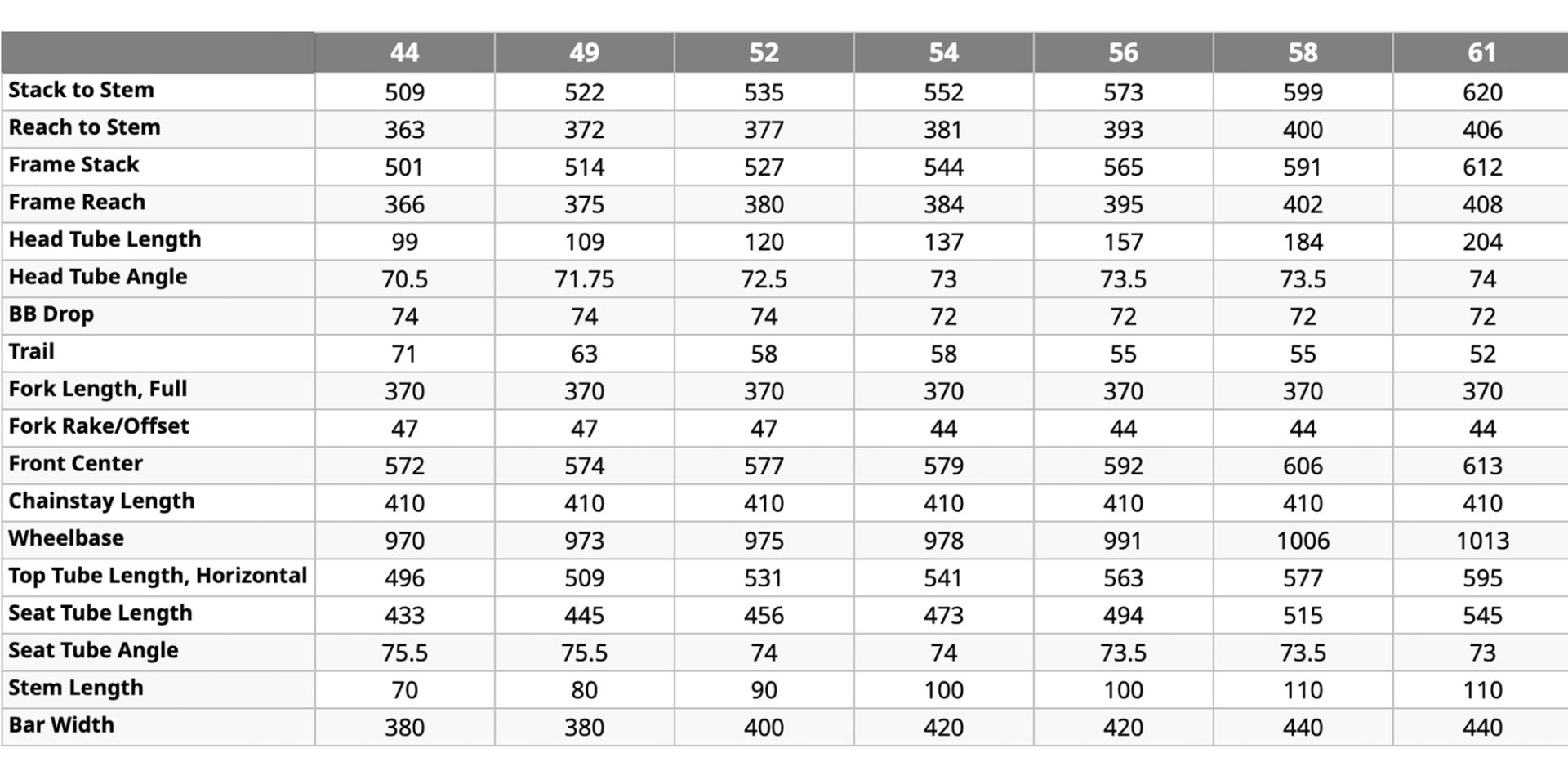
Maximum tyre clearance of 32 mm remains unchanged, and as usual, this figure allows 4 mm of extra room. Also continuing is the perfectly-normal 68 mm English threaded bottom bracket.
Other details include cable routing for electronic drivetrains only. And while there are rumours of SRAM’s Universal Derailleur Hanger (UDH) coming to the road, Specialized has elected to stick with its regular and slimmer hanger here.
Also carrying over with only subtle changes are the cockpit components. The S-Works bikes come with the new and faster Rapide one-piece cockpit designed specifically for the SL8 (although it can also be fitted to the Tarmac SL7). Meanwhile, the other models utilise the same alloy stem as the SL7 (166 g in a 100 mm length). As a refresher, this stem clamps onto a regular round 1 1/8in steerer tube, it can be used with any 31.8 mm handlebar, and the brake hoses are routed beneath it – not through it. However, it’s beneath the headset topcap where things are subtly different.

Build notes and random tidbits
The Tarmac SL7 offered some well-considered cable routing through the headset, but the use of a relatively sharp metal compression wedge could damage the steerer on impact and so the company soon issued a global recall on the bike. I still maintain that Specialized was extremely proactive in this recall, but rightfully many consumers were hesitant about the provided solution. The solution involved a smaller metal compression wedge matched to a protective sleeve so the carbon steerer couldn't be unintentionally cut. Additionally, Specialized provided a new steerer expander plug (goes inside the steerer tube) with an aluminium tube that sat deep down the steerer.
This is one area where Specialized wouldn’t want a repeat performance, so the SL8 now features a blunt compression wedge made from a non-cutting composite material. Interestingly, Specialized has also stuck with the same extended reinforcing steerer expander plug, a product I see as somewhat of a safety rope if the steerer ever were to fail, rather than something to ensure against the possibility of failure. At 46 g this plug does add weight, but I take comfort in knowing it’s there.
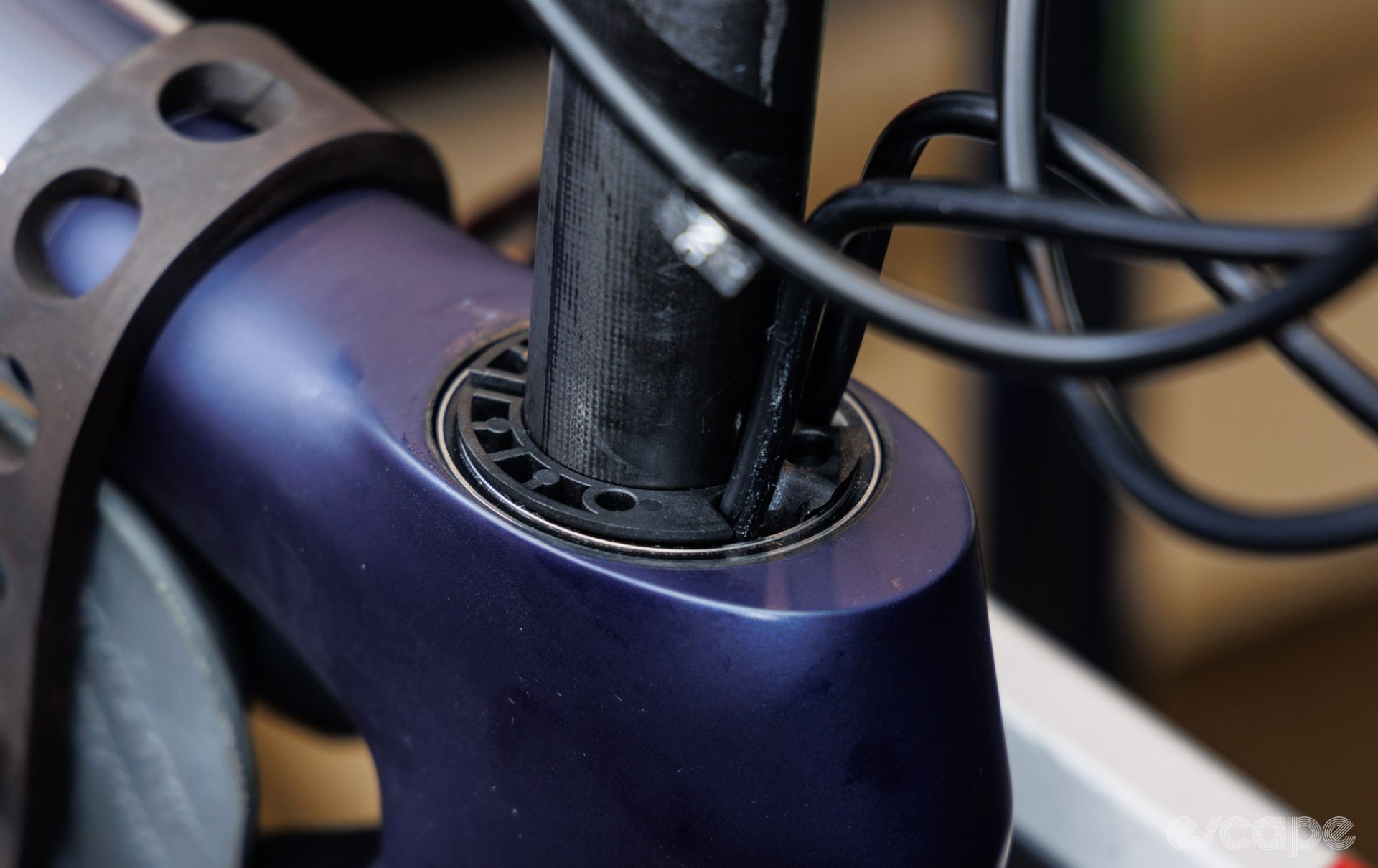
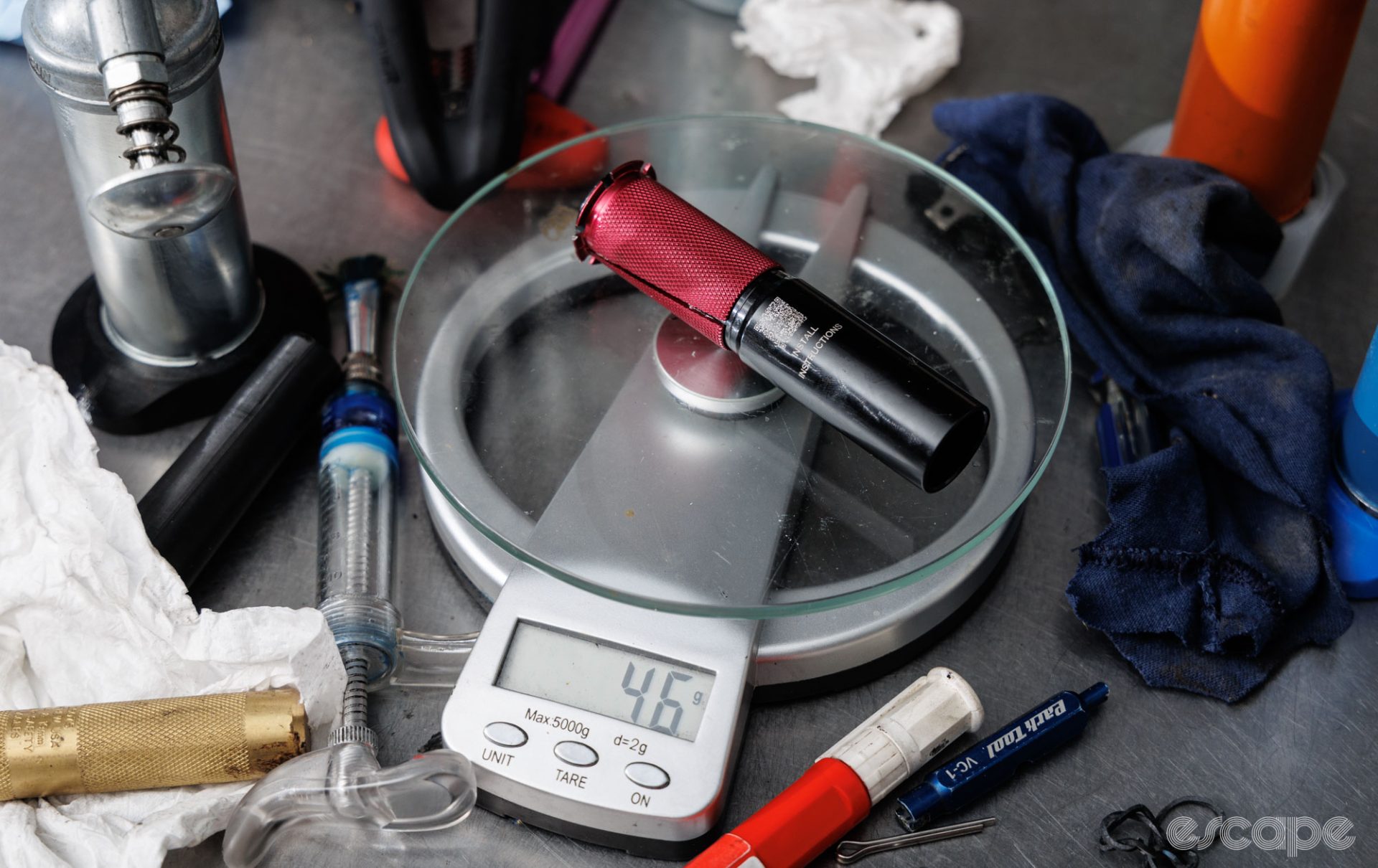
When correctly built, Specialized’s concealed cable routing is a good system. You can rotate the handlebars without hearing the hose slap inside. You can ride with up to a 5 mm spacer above the stem while dialling your fit. And at least for models with the SL7 stem, you can swap out stem lengths, remove spacers, and even cut the steerer without undoing the brake hoses.
Out of the box, the bike comes with a 35 mm stack of spacers beneath the stem and an extra 5 mm on top. My SL8 Pro test bike included three different headset covers: on the bike was one for the given SL7 stem, there was another if upgrading to the Rapide one-piece cockpit, and the third is a one-piece Rapide cockpit spacer for a slammed fit that emulates using a -12° stem (stock Rapide has the stem at -6°).

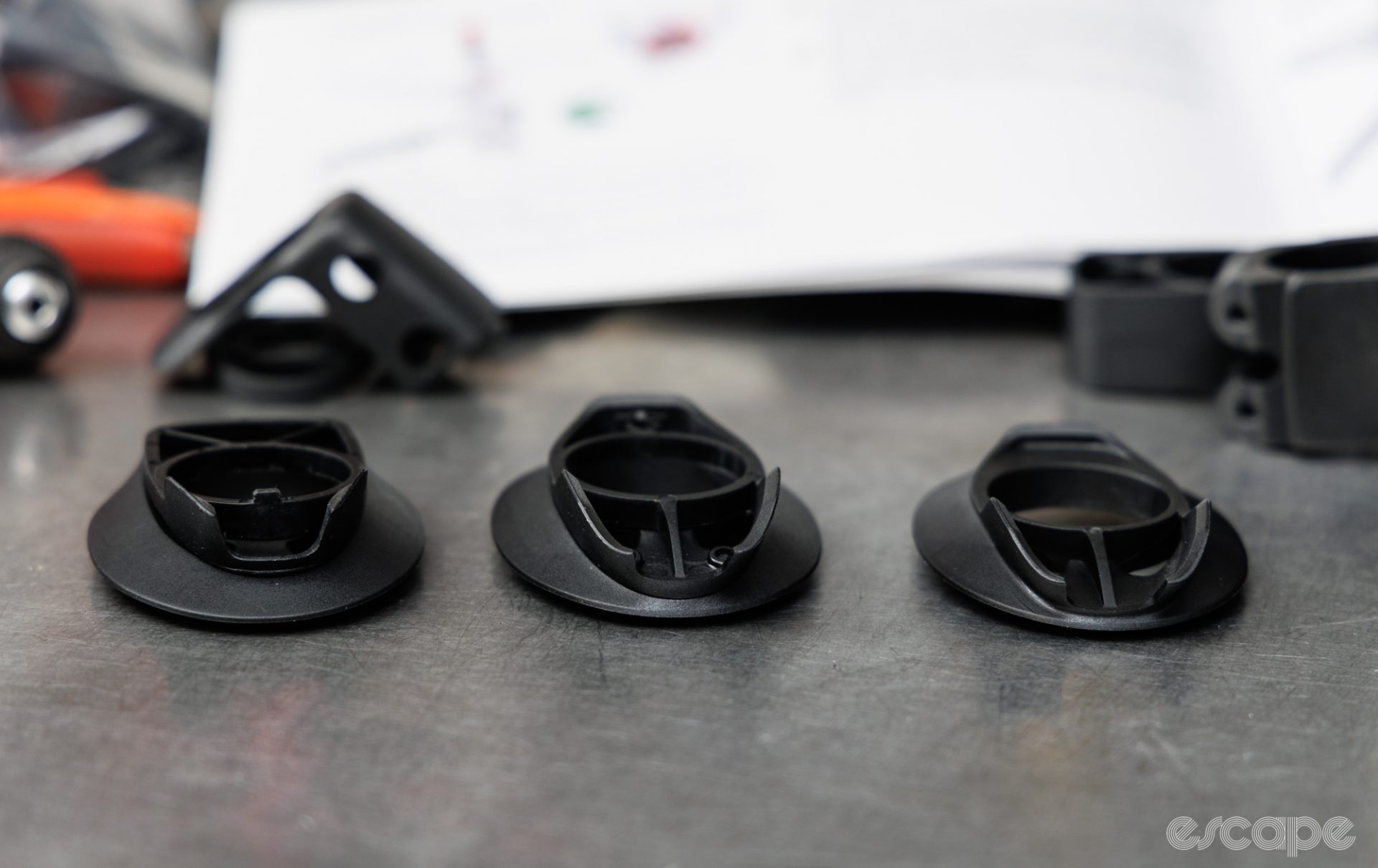
With only the S-Works bike coming with the one-piece Rapide cockpit, it seems likely that Specialized will sell a bunch aftermarket to those looking to upgrade the two-piece cockpit on the Pro and Expert bikes. Given this, it’s critical to note that the Rapide cockpit requires 10 mm more steerer length than the SL7 stem – strongly consider your upgrade desires before you have that steerer cut!
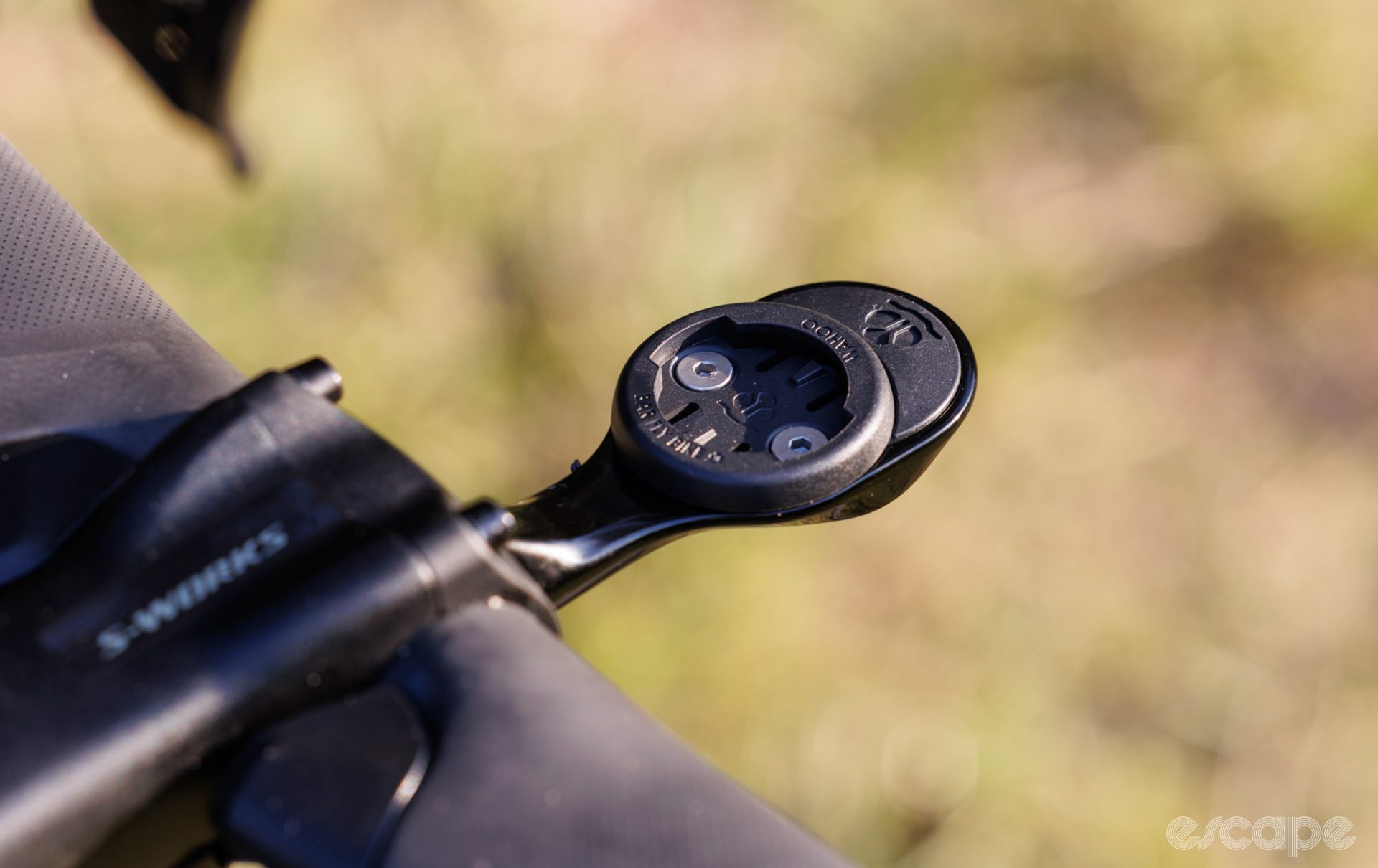
The new slender seatpost also introduces a new quirk – it’s now too slim for a Shimano Di2 battery to fit inside it. Cannondale encountered this problem with its new SuperSix Evo and stashed the battery in the downtube just forward of the bottom bracket. By comparison, Specialized has taken an arguably lighter but potentially more restrictive approach of clipping the battery via two holes at the base of the seat post and then squeezing into the contoured segment of the seat tube.
Only an issue with Shimano Di2-equipped models, the profiling of the seat tube and the added length of the battery means there are fairly strict guidelines for minimum and maximum insertion of the seatpost. Specialized offers posts with either 0 and 15mm setbacks, and in 300 or 380 mm lengths. Due to how the Di2 battery is held, riders outside of the maximum insertion guidelines will likely need a shorter post rather than the usual approach of cutting the post. The battery placement also introduces the potential for interference from the top seat tube bidon cage bolt (mainly if no cage is installed), so short bolts and a washer are provided to avoid such interference.
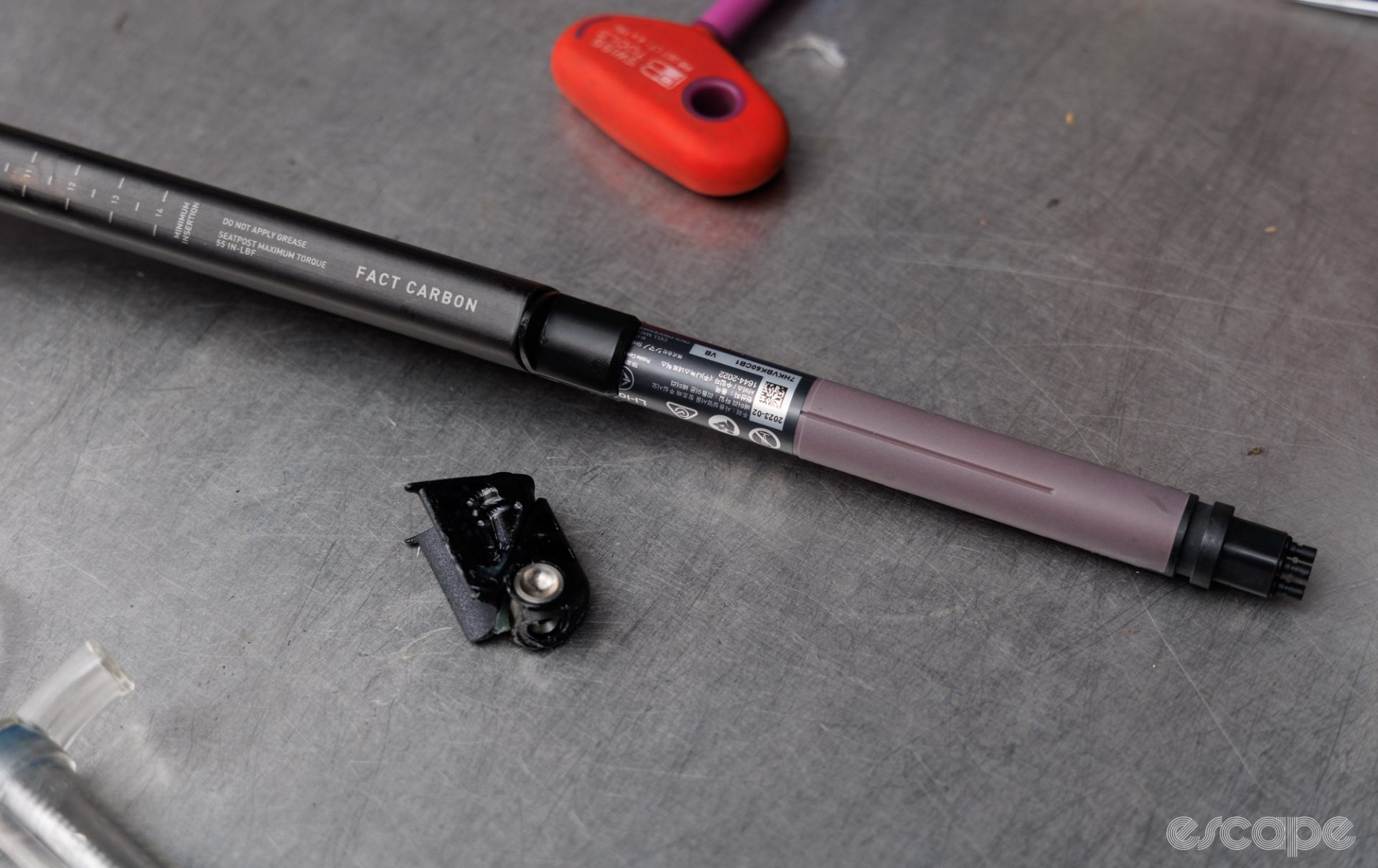
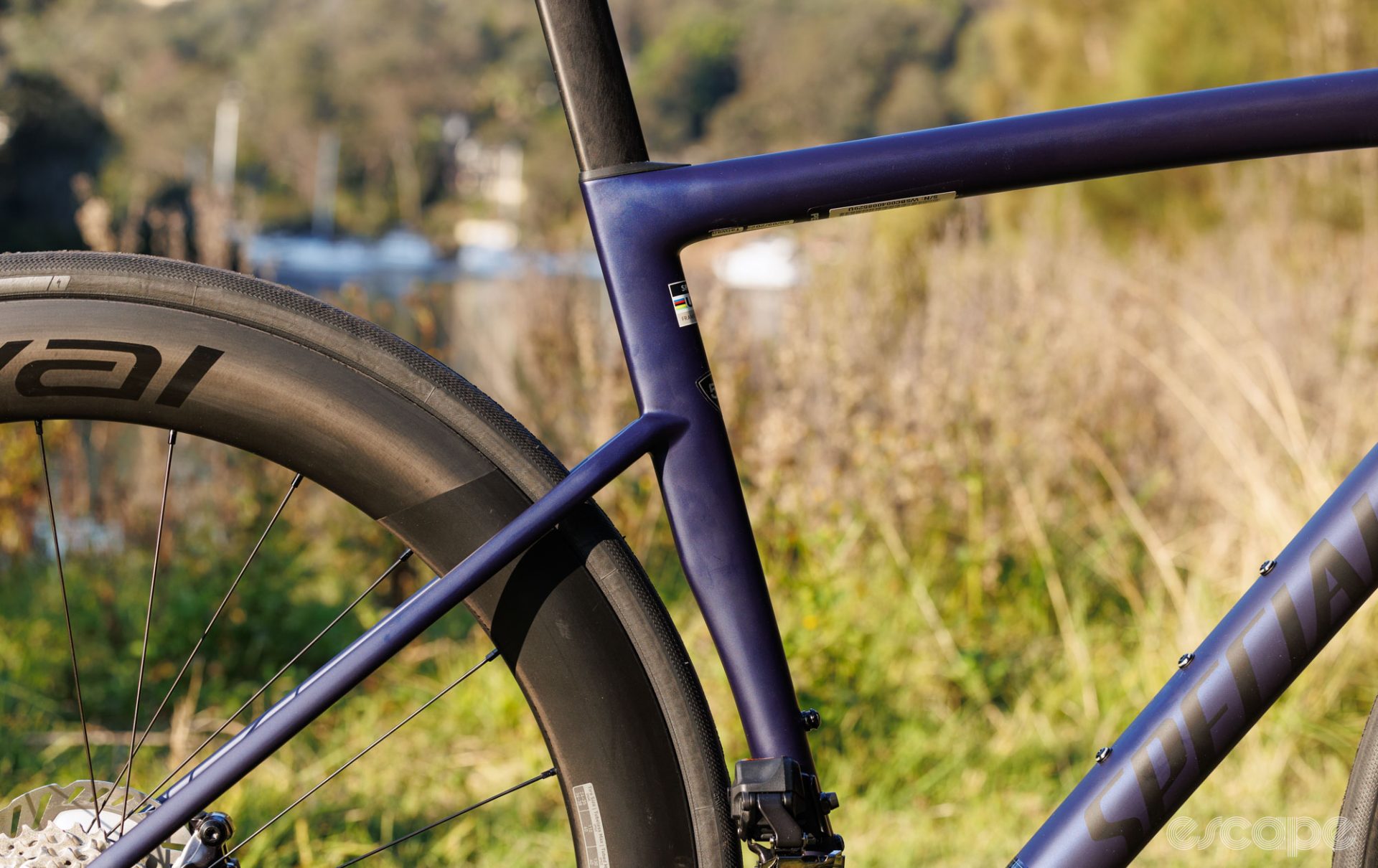
Beyond these elements, the rest of the bike remains rather normal and easy to get along with. The front derailleur mount is impressively stiff, and entirely removable for those wanting to run a single chainring. While the strong will be happy to hear there’s chainstay clearance for up to a 55T chainring in a 2x configuration.
A quick comment on Specialized’s freight packaging, an element of the bike that customers are unlikely to see. Simply put, it feels behind the times with a huge amount of single-use plastic and foam, all held with large plastic zip ties. Heck, there’s even still a CD-ROM version of the manual included. Specialized innovate in many ways, but its single-use packaging is one area that needs an update.
Models, pricing, and paint
The SL8 range consists of three price tiers of bike, two frameset options, and many paint choices. Additionally, both the S-Works and Pro-level bikes are available with either Shimano or SRAM (paints vary with groupset choice). And as has come to be expected for much of Specialized’s bike range, they carry a premium price tag.
Matching what the pros ride, the flagship S-Works bike retails for the not-so-minor sum of US$14,000 / AU$19,900 / €14,000 / £12,000. In addition to providing the lightest frame and the faster/lighter one-piece Rapide cockpit, the S-Works model gives you the company’s flagship Roval Rapide CLX TL wheels. You then have a choice of a Shimano Dura-Ace Di2 (with a dual-sided 4iiii power meter) or SRAM Red AXS (with Quarq power meter).
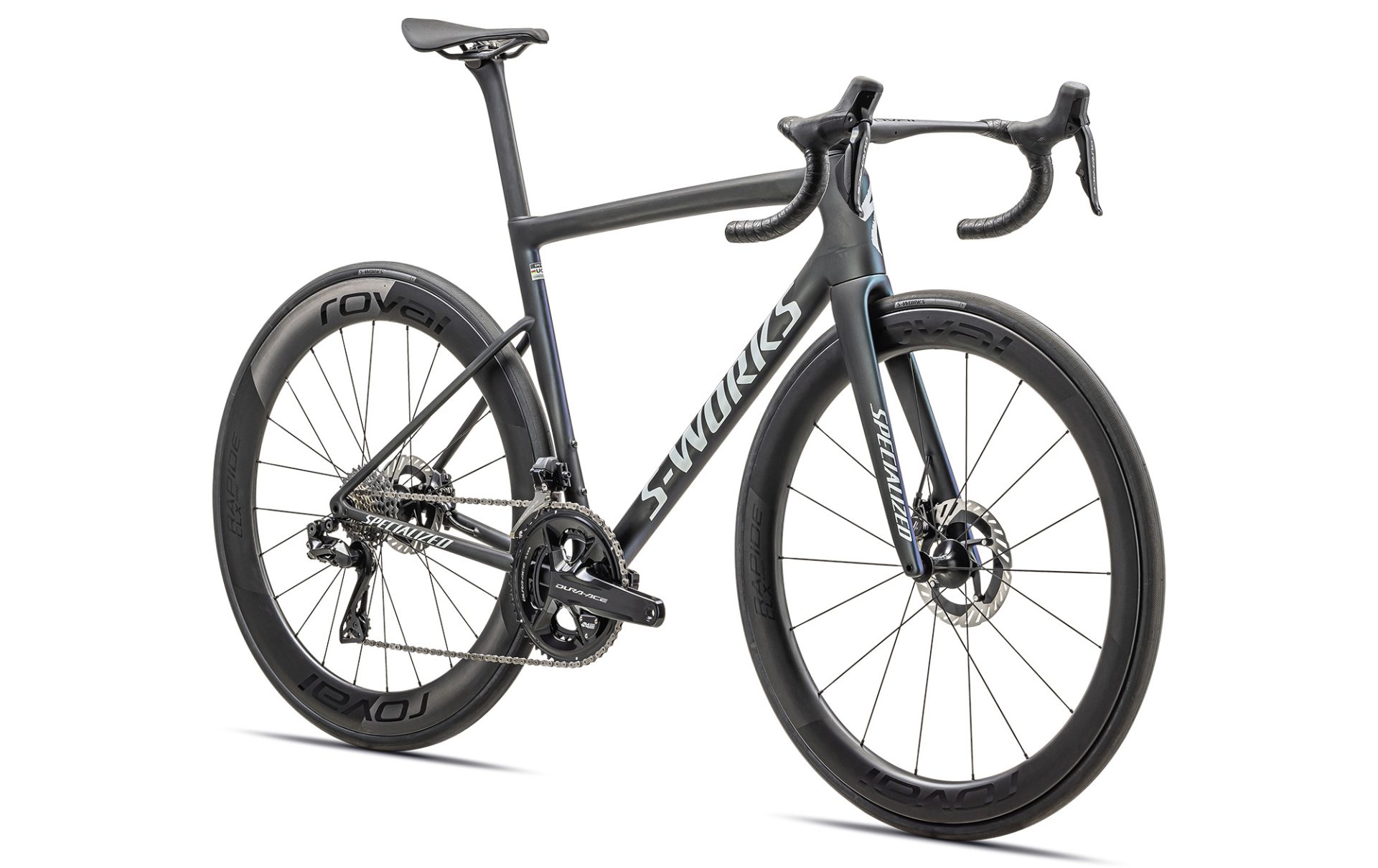
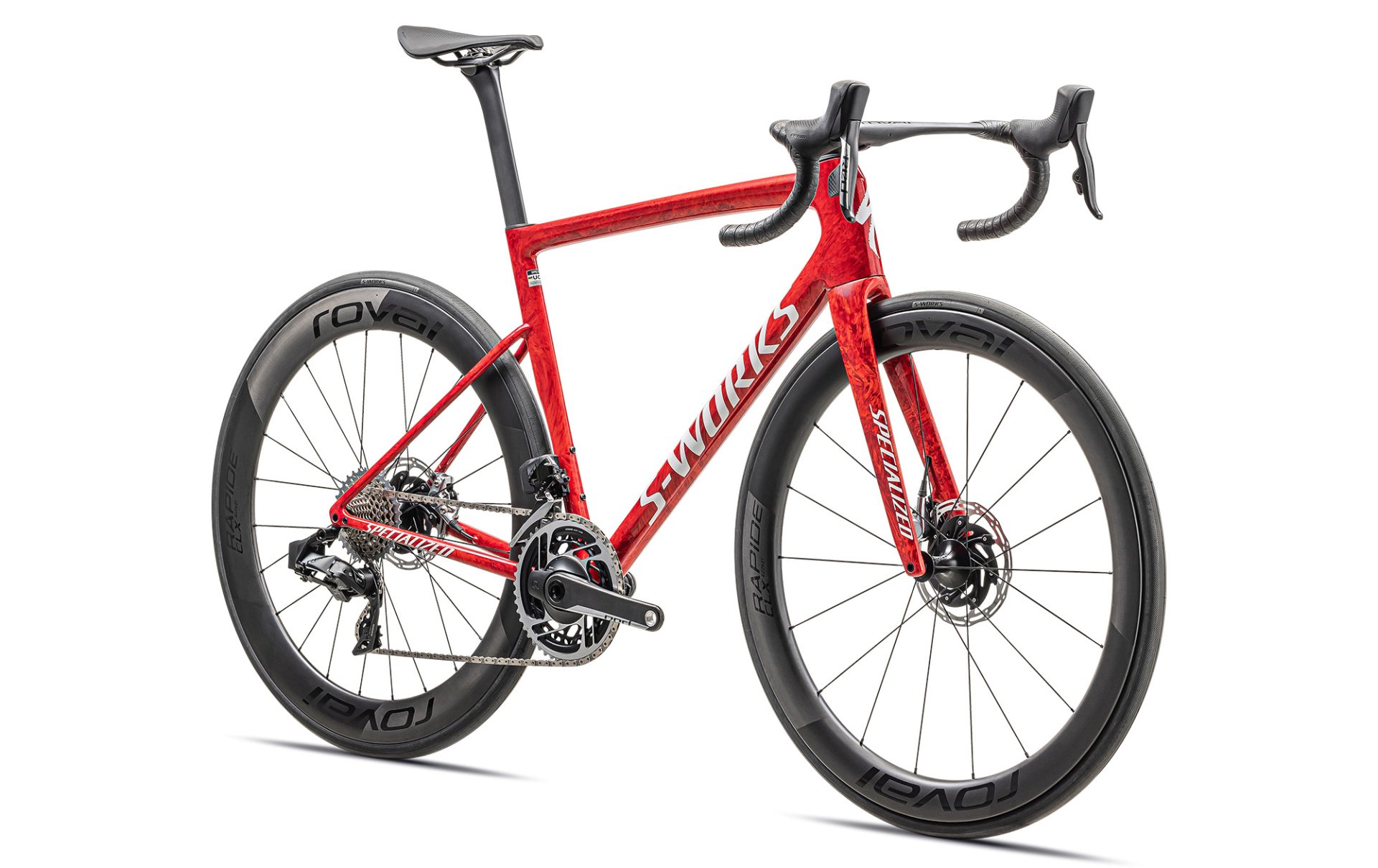
One tier down (and in for test) is the SL8 Pro. Priced at US$8,500 / AU$11,900 / €8,500 / £8,000, this one features the heavier “10r” frameset and uses the SL7’s alloy stem and nice Roval Rapide carbon handlebar. Wheels are the Roval Rapide CL TL, which features the same front-and-rear-specific rims as the CLX but moves to a round spoke and DT Swiss 350 hub. The Pro is available with Shimano Ultegra Di2 (wth left-side 4iiii power meter) or SRAM Force AXS (with Quarq power meter).

At US$6,500 / AU$9,400 / €6,500 / £6,000, there’s the SL8 Expert for the poor (insert sitcom laughter here). This one shares the same frameset as the Pro but swaps the handlebar to an aluminium Specialized model and the wheels to a more basic (and less aero) Roval C38. The groupset is a SRAM Rival AXS with a left-side Quarq power meter.
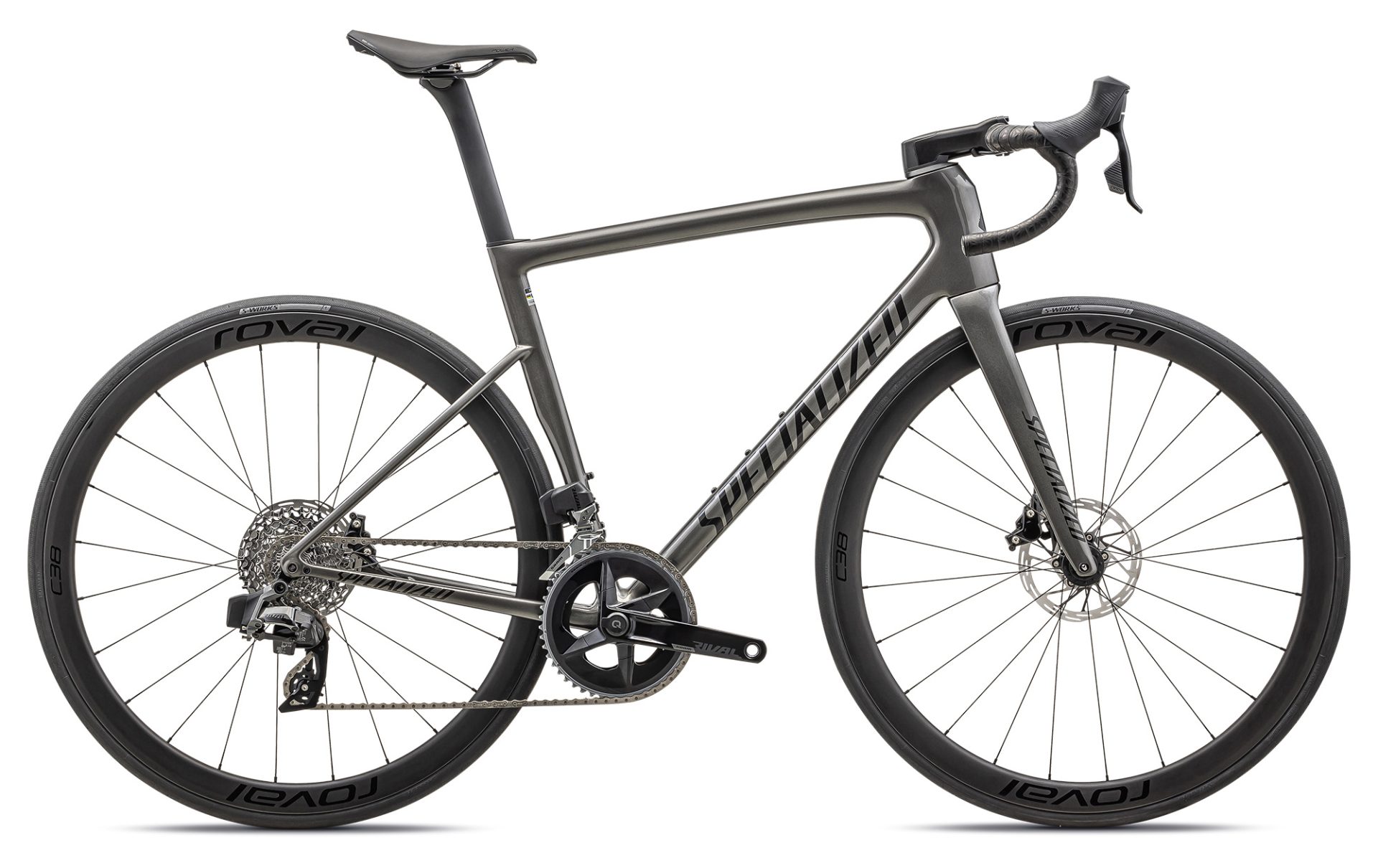
All models are equipped with Specialized’s S-Works Turbo tubeless-ready tyre in a relatively narrow 26 mm width (27.5 mm measured width on the Rapide rims). All bikes feature varying tiers of Specialized Power saddles.
Those keen on just a frameset have two options. The S-Works frameset will set you back US$5,500 / AU$8,900 / €5,500 / £4,750, a price that doesn’t include a handlebar or stem. This S-Works options is available in four different paints schemes, and then an additional blank “Ready to Paint” canvas. Meanwhile, the Pro/Expert-level 10r frameset is priced at US$3,500 / AU$5,600 / €4,000 / £3,000 and with two different paint options.
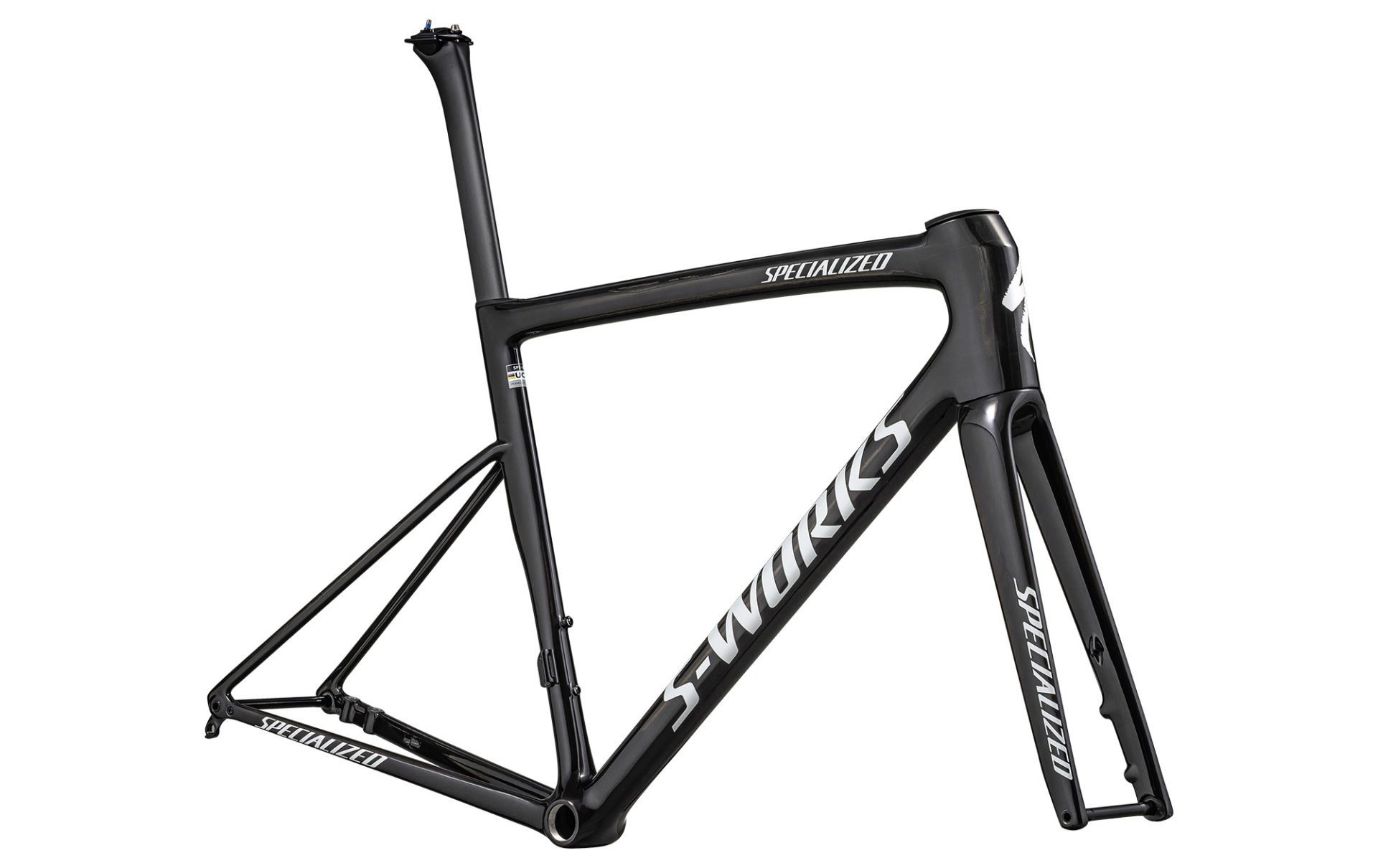
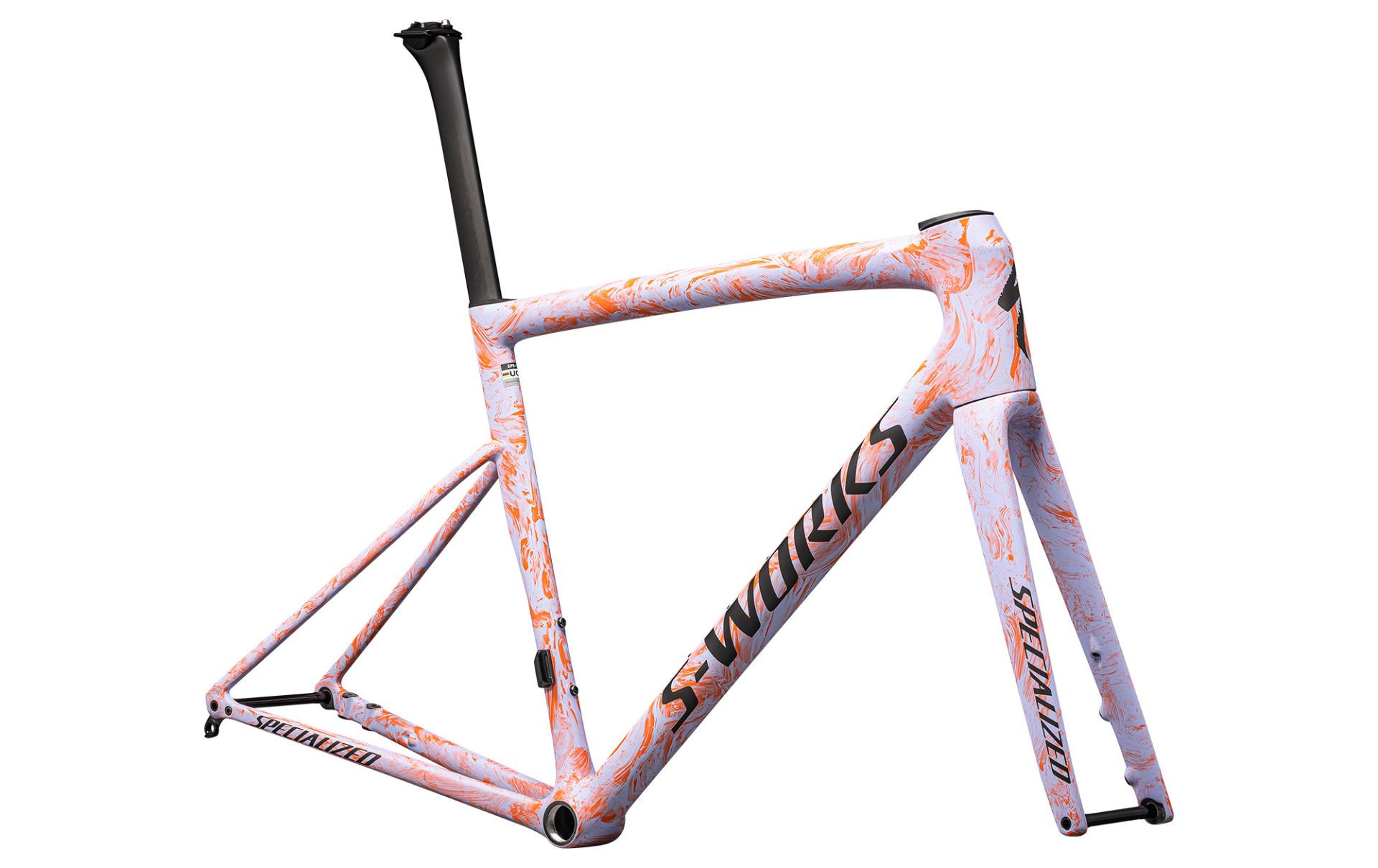
Ride impressions
Much to my dog's delight, Fedex handed me a boxed bike on Thursday. For those playing at home, it’s now Sunday. That obviously doesn’t leave much time to build it, photograph it, ride it, and then write about it.
So with that, and while first impressions are positive, I’ll hold my thoughts for a follow-up review once I, and hopefully another from our team, have spent decent time on the thing.
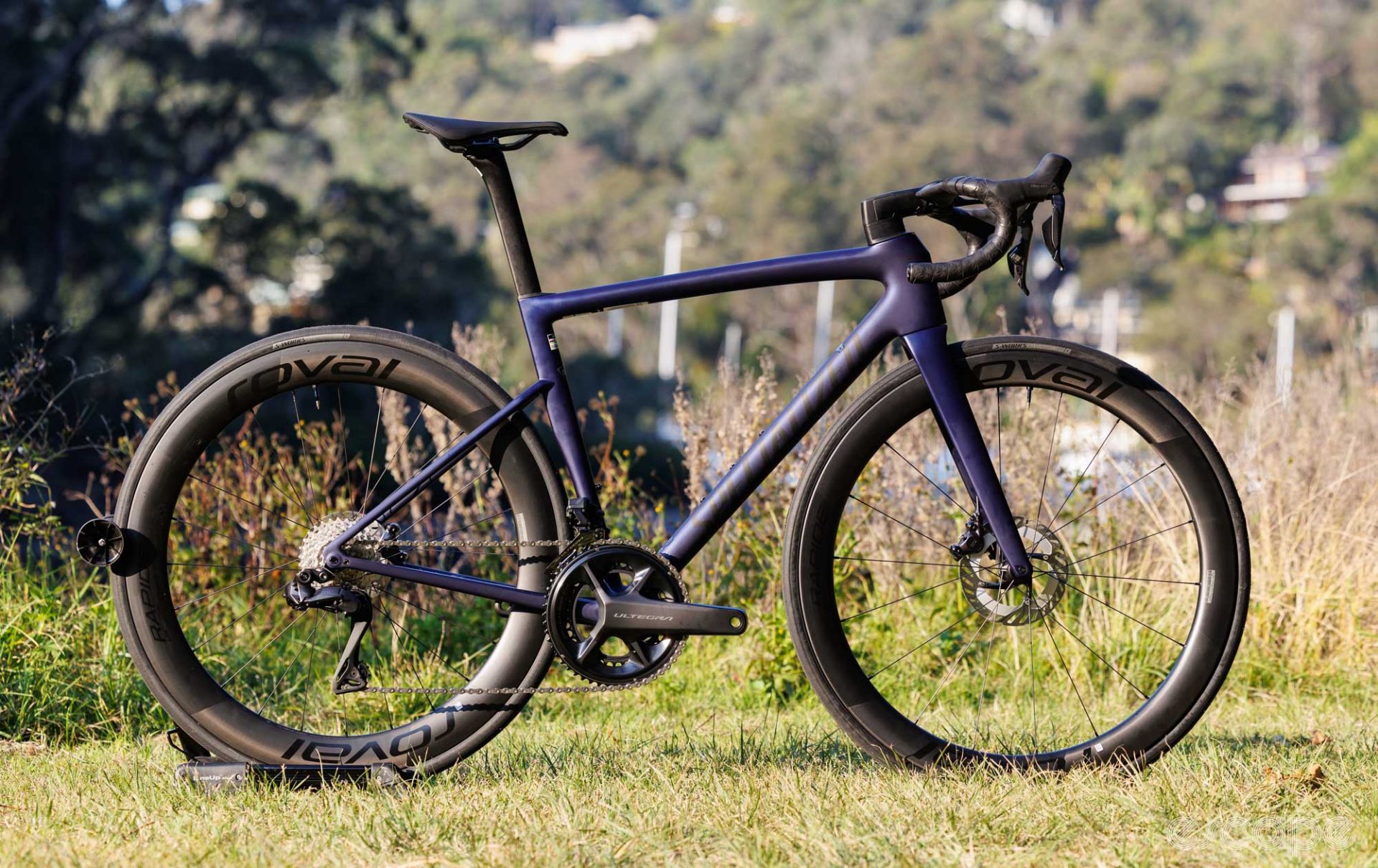
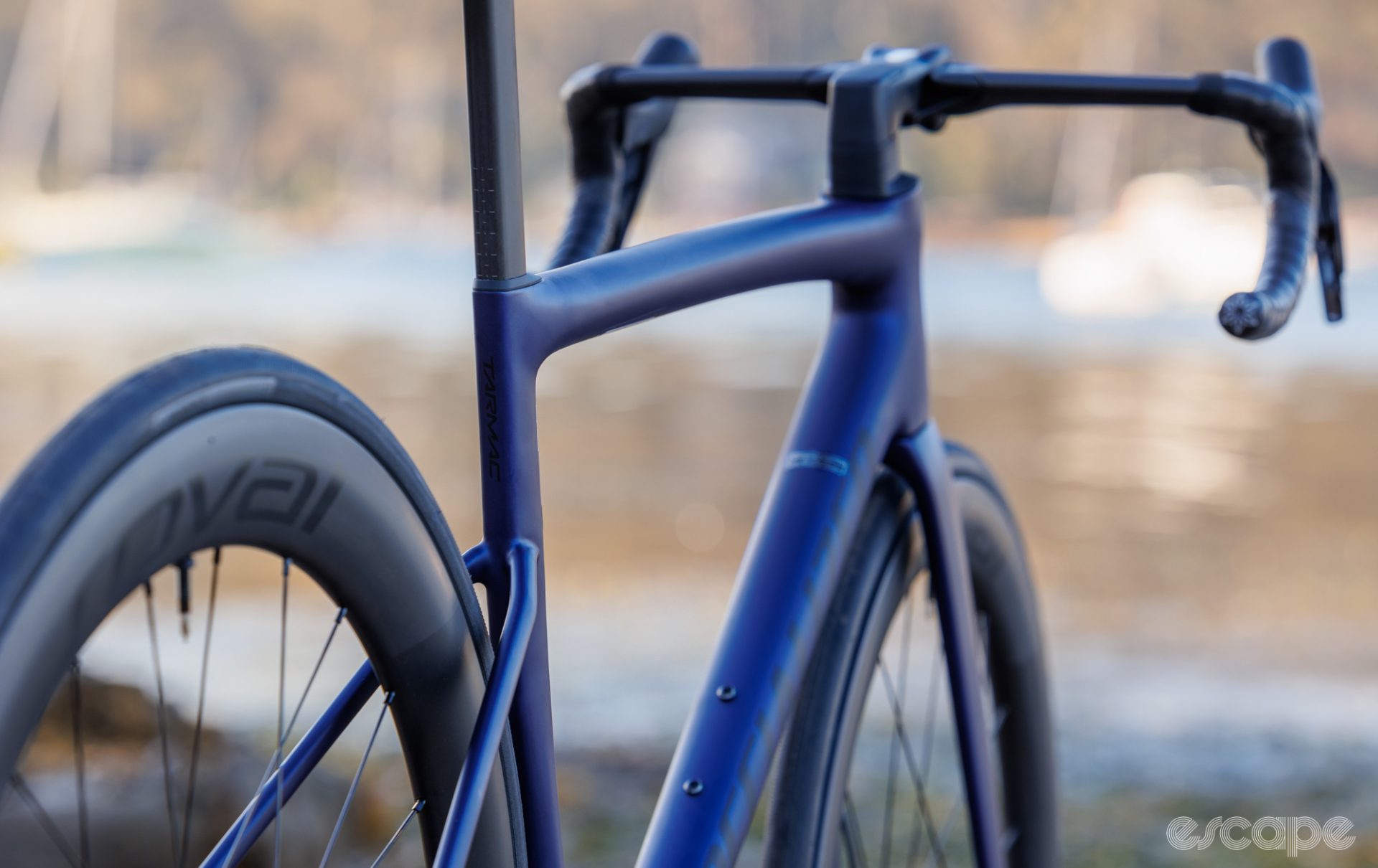
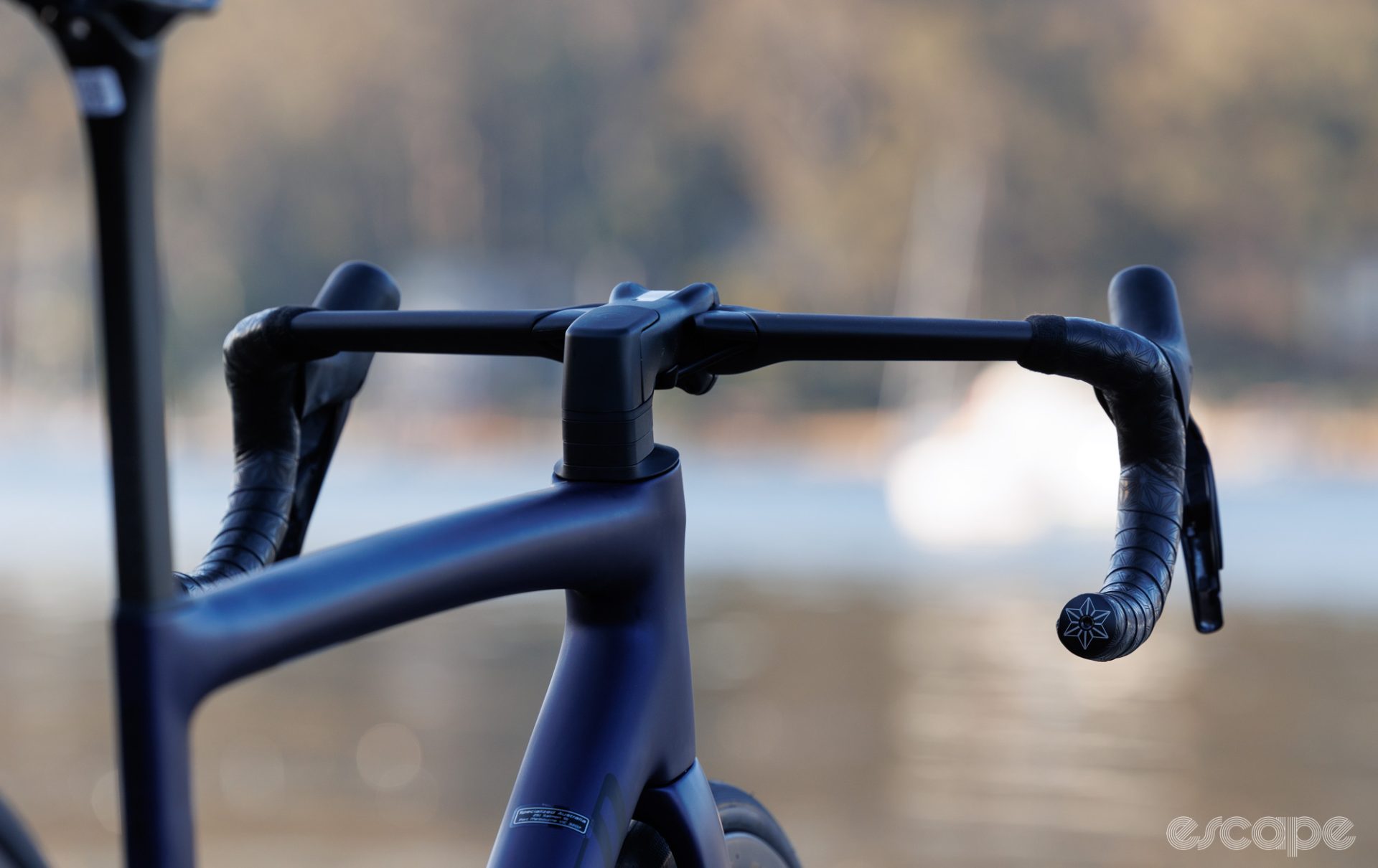
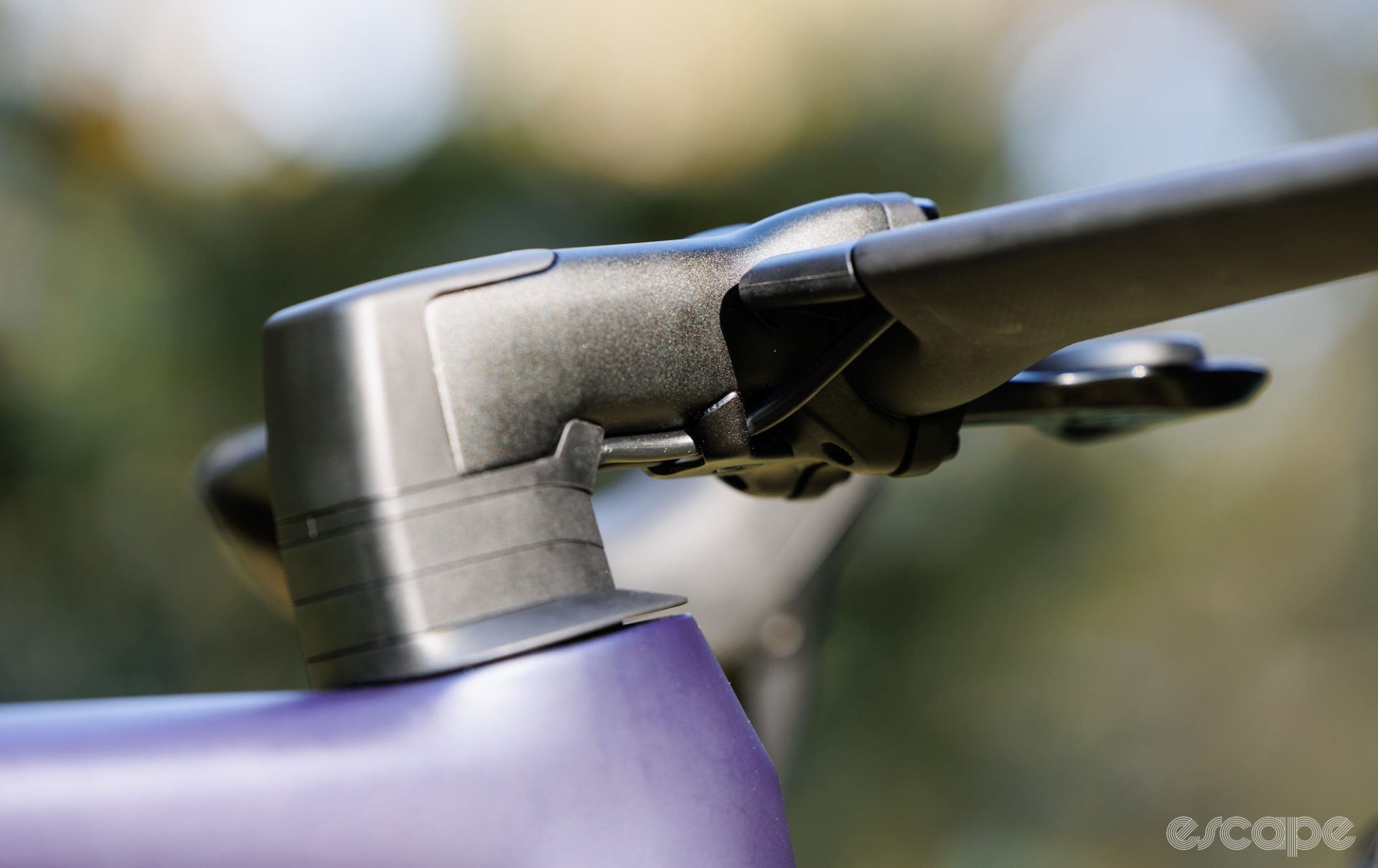
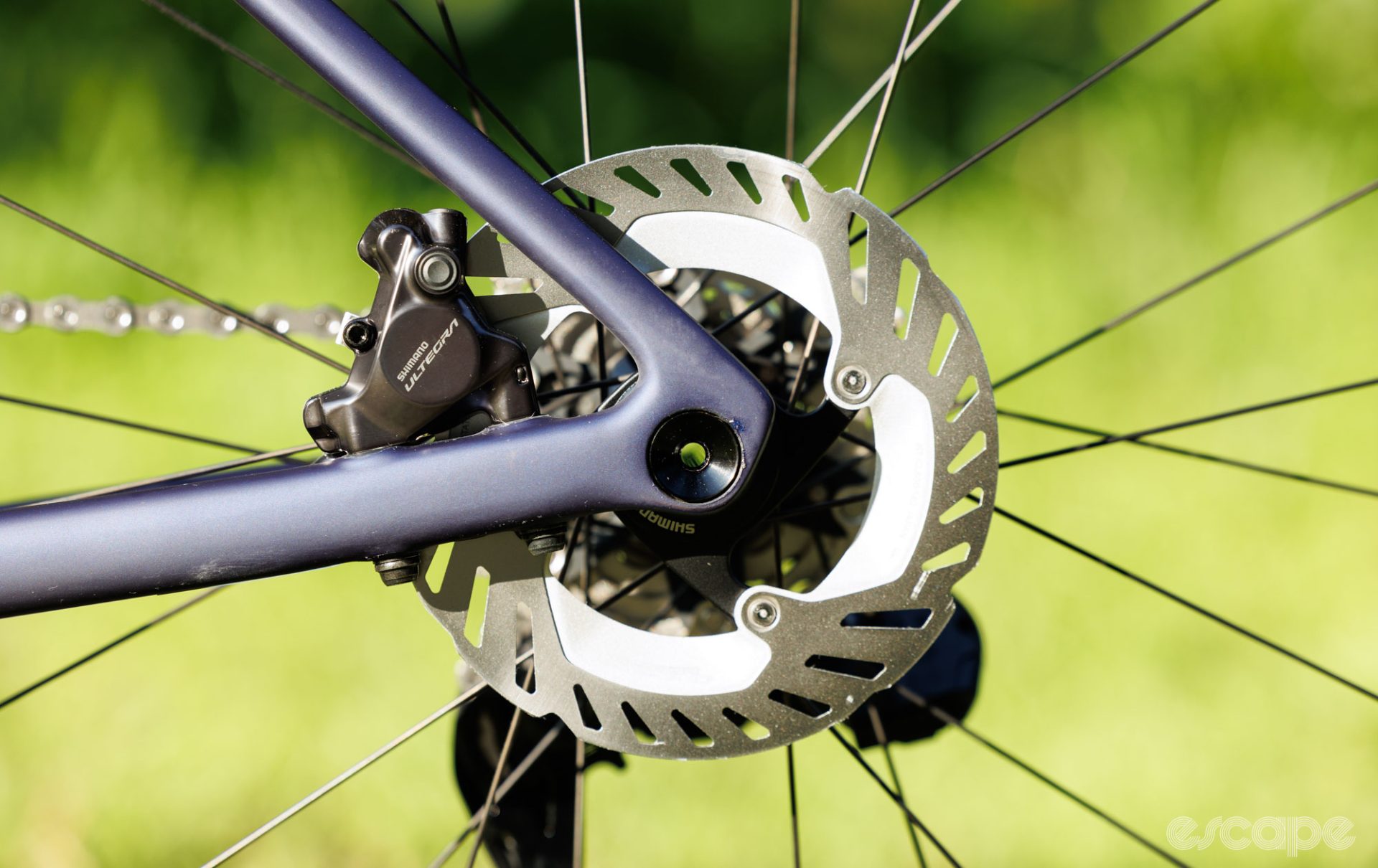

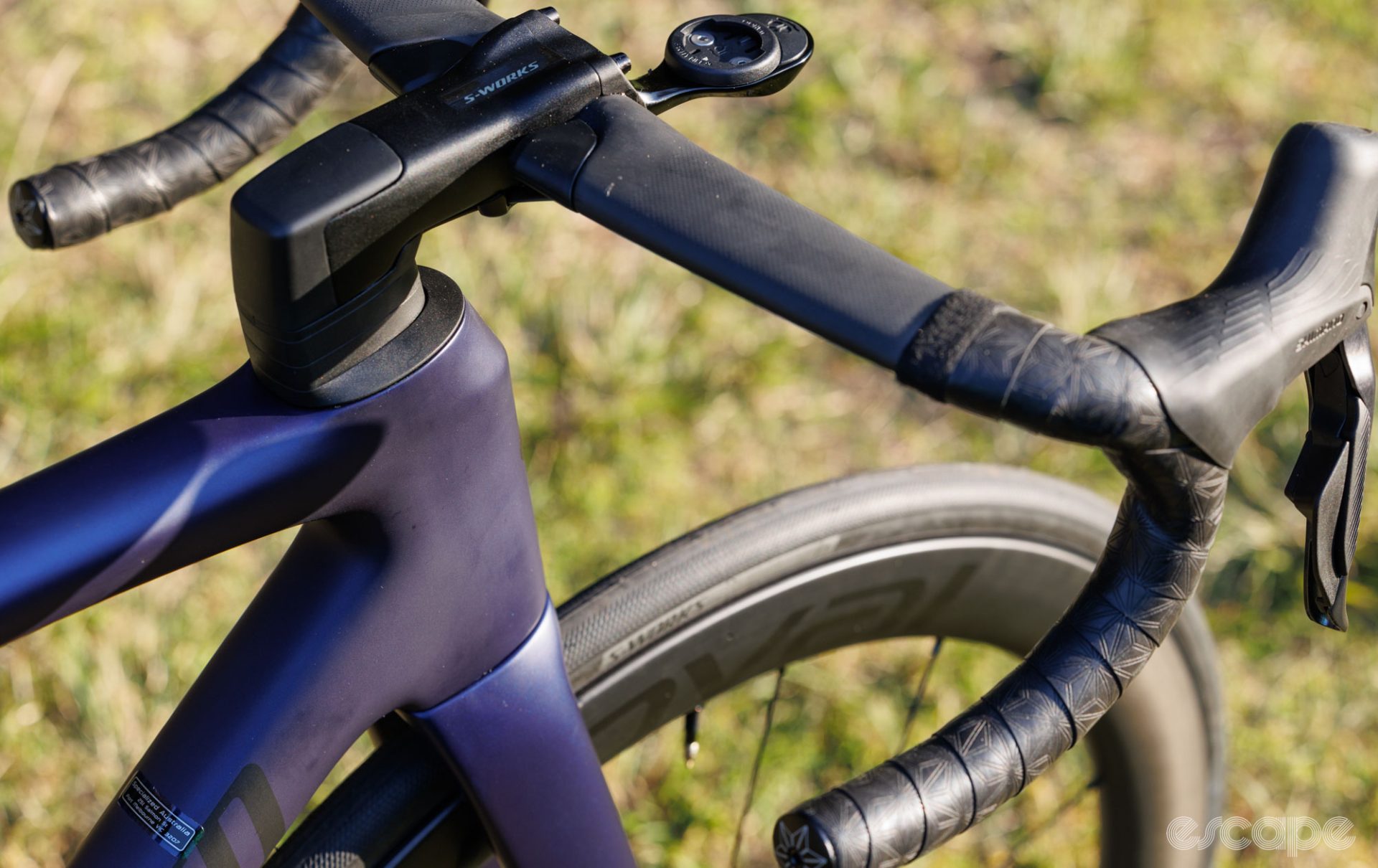
Did we do a good job with this story?

